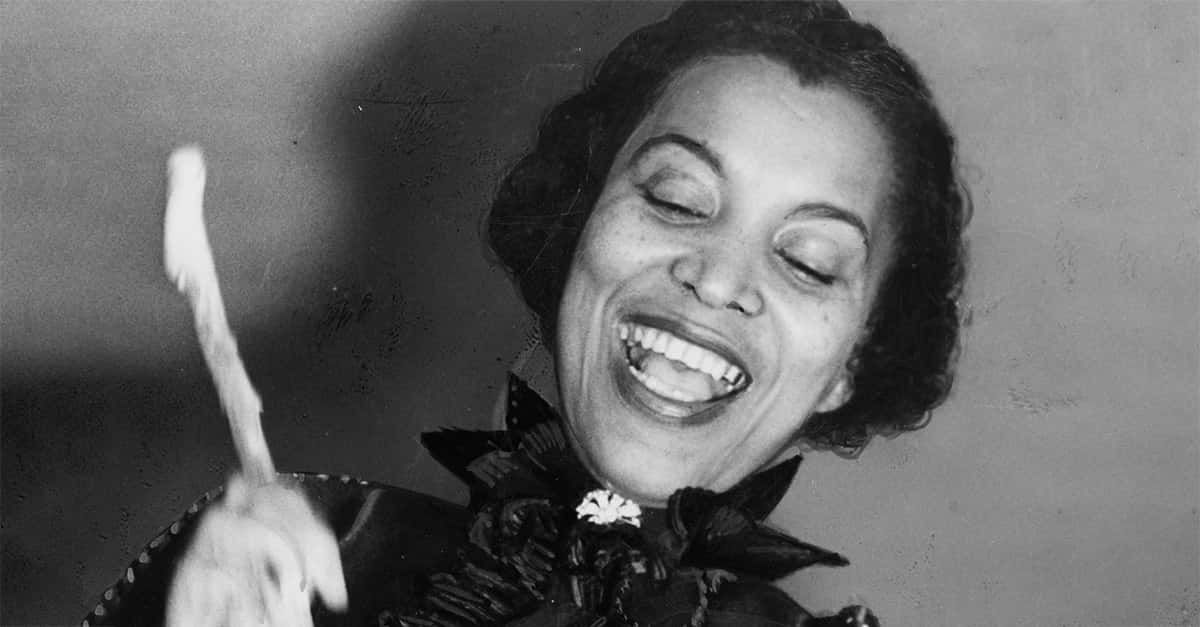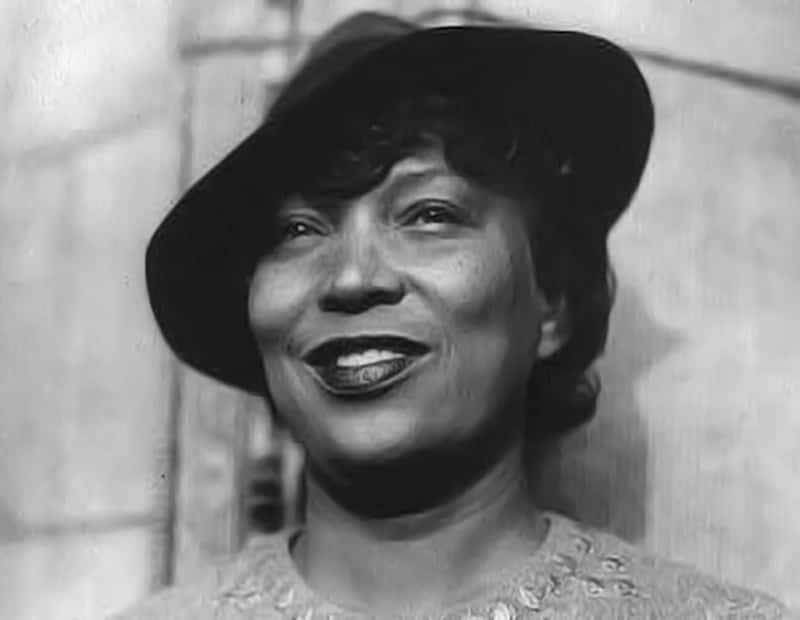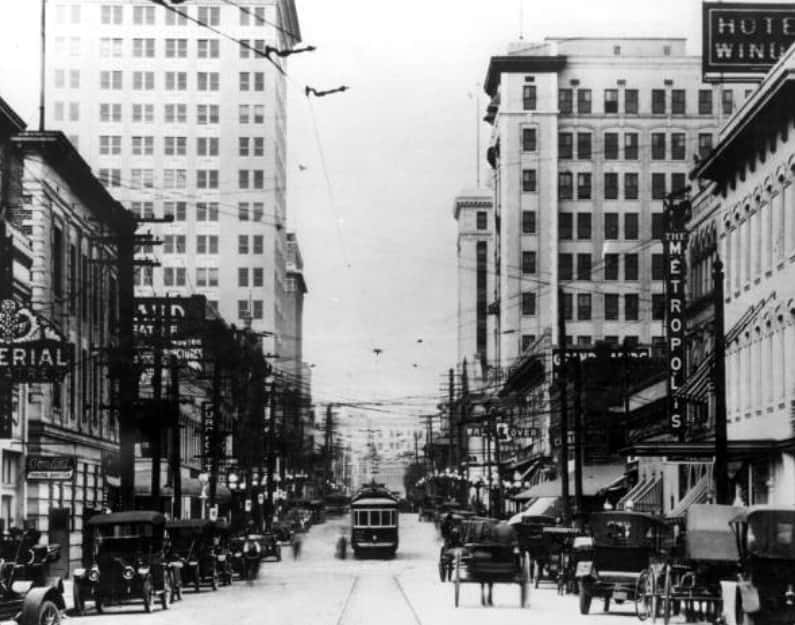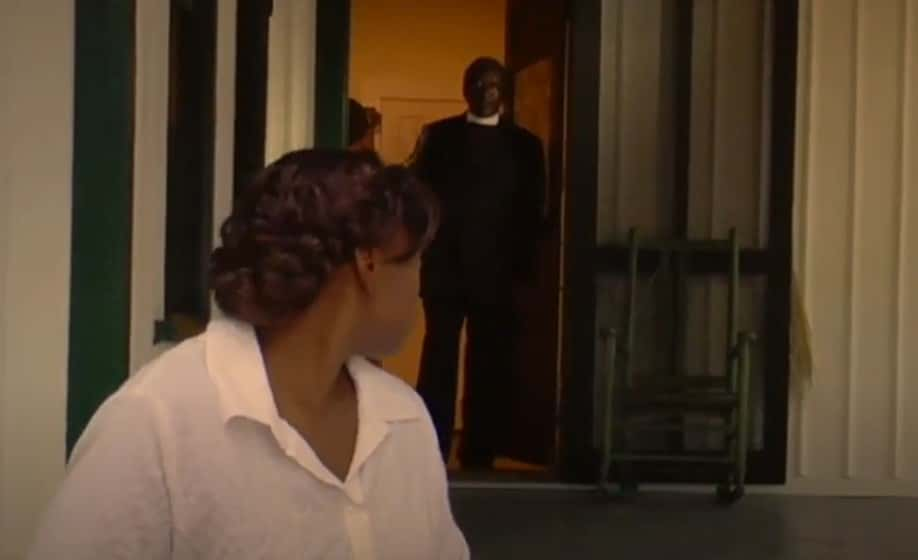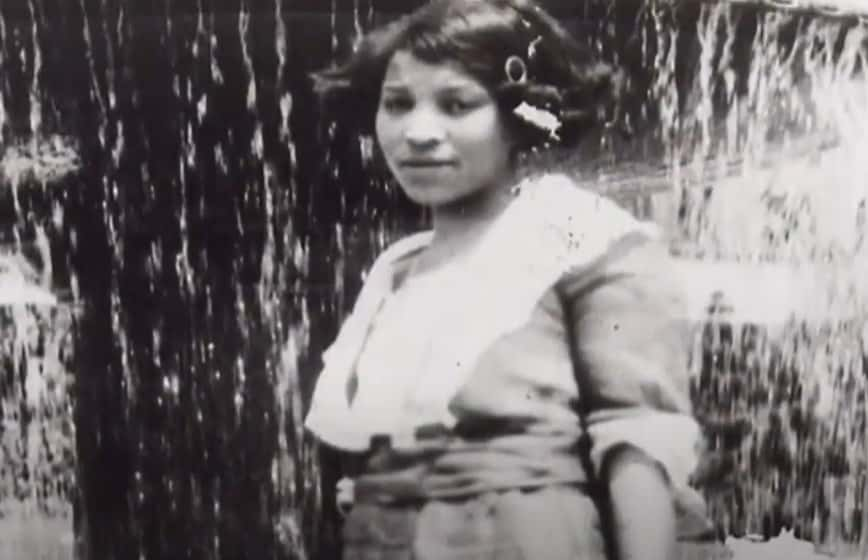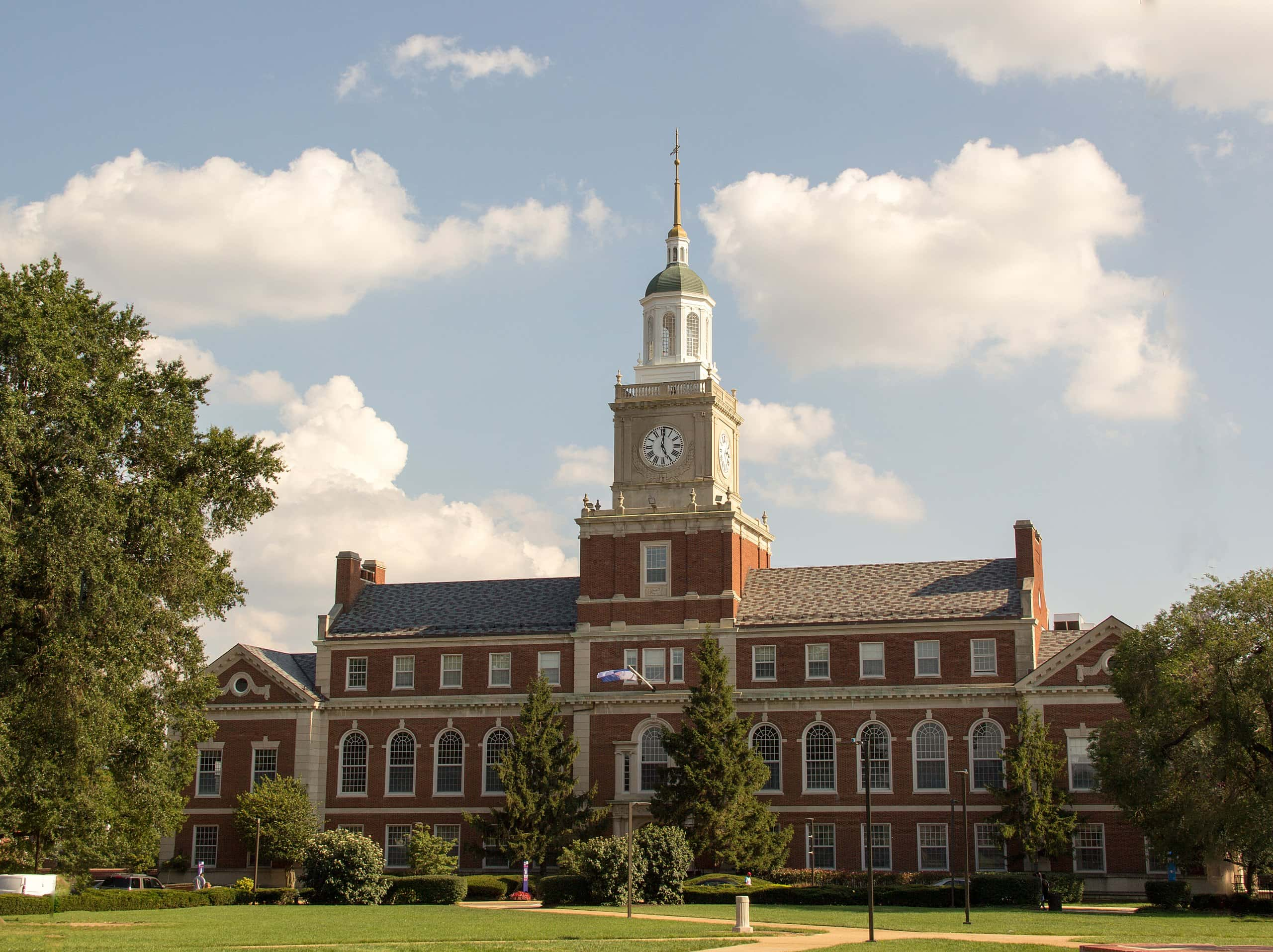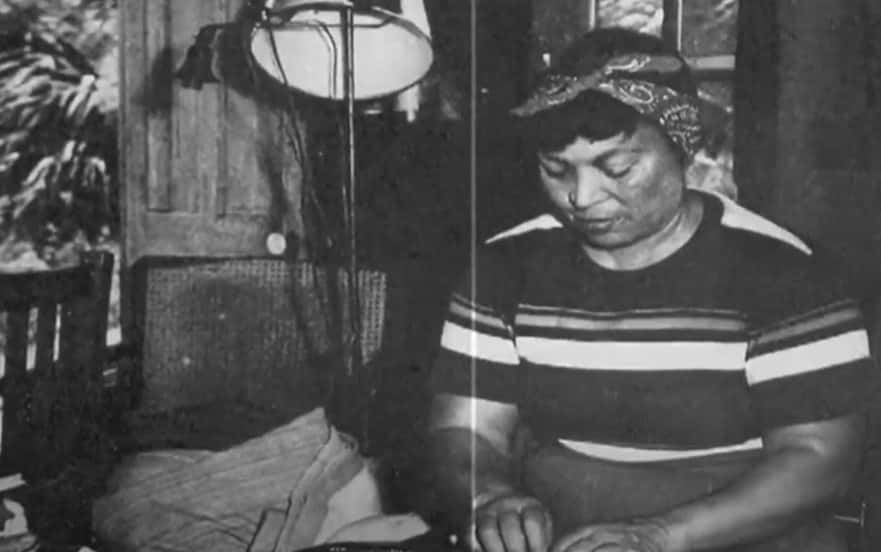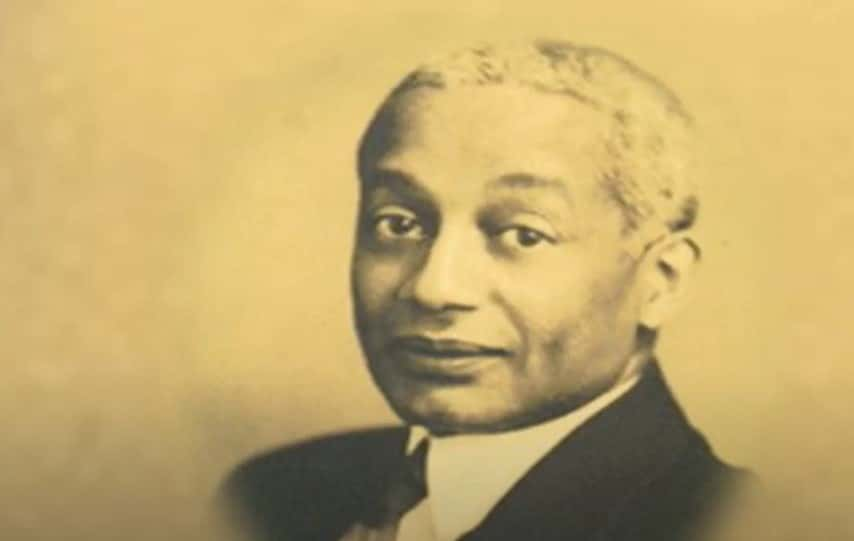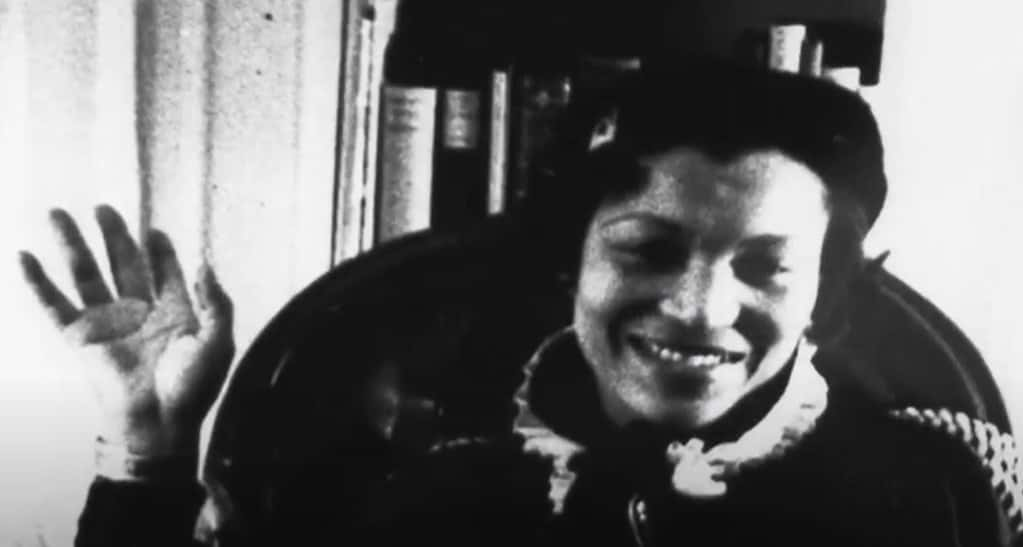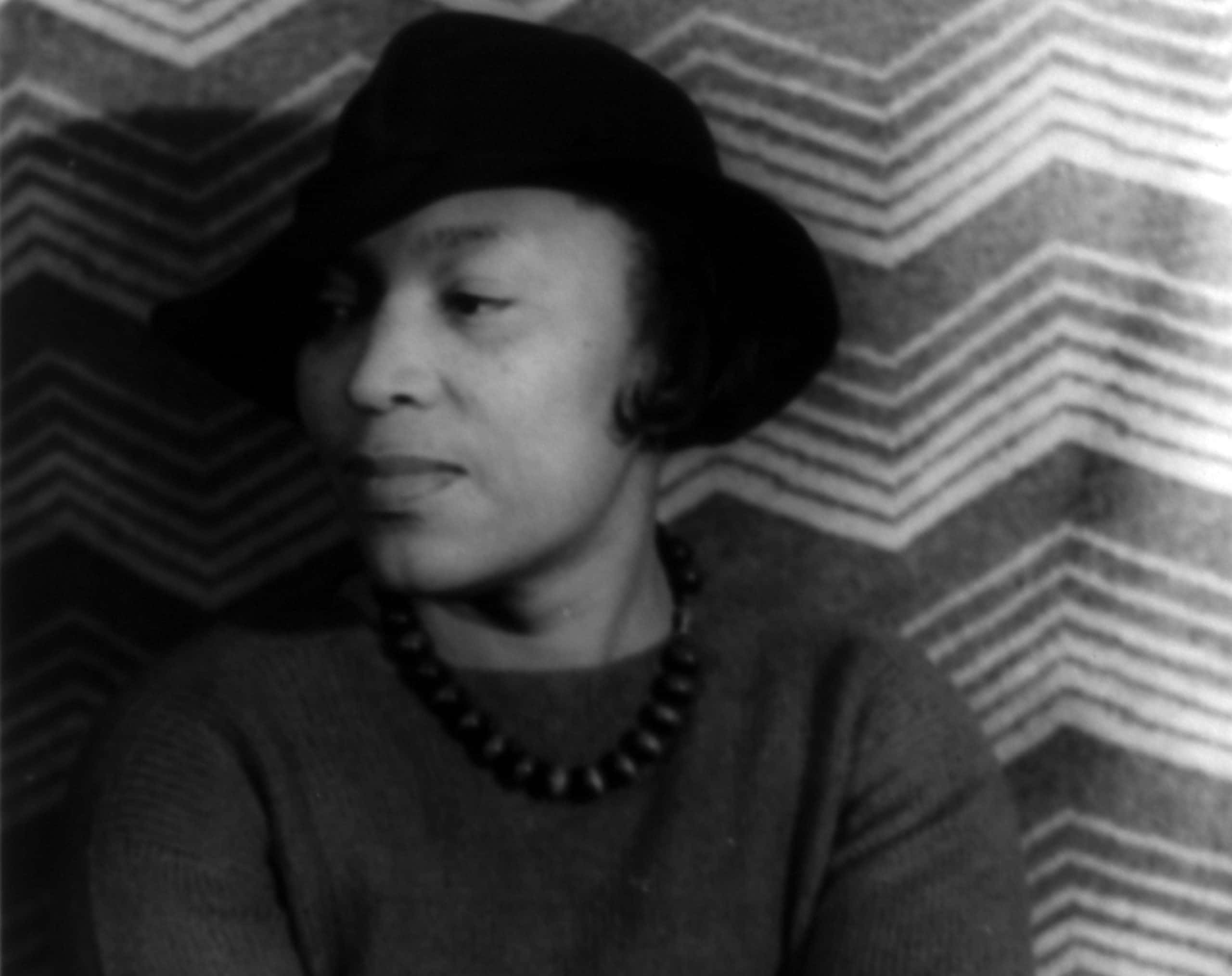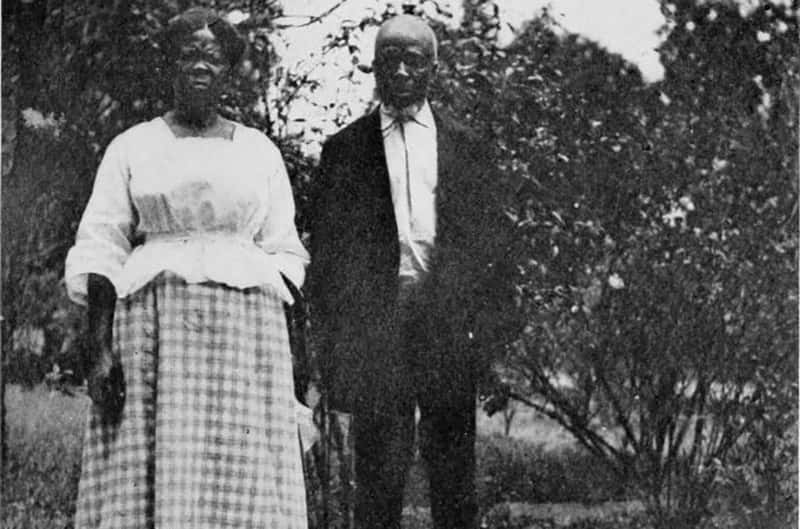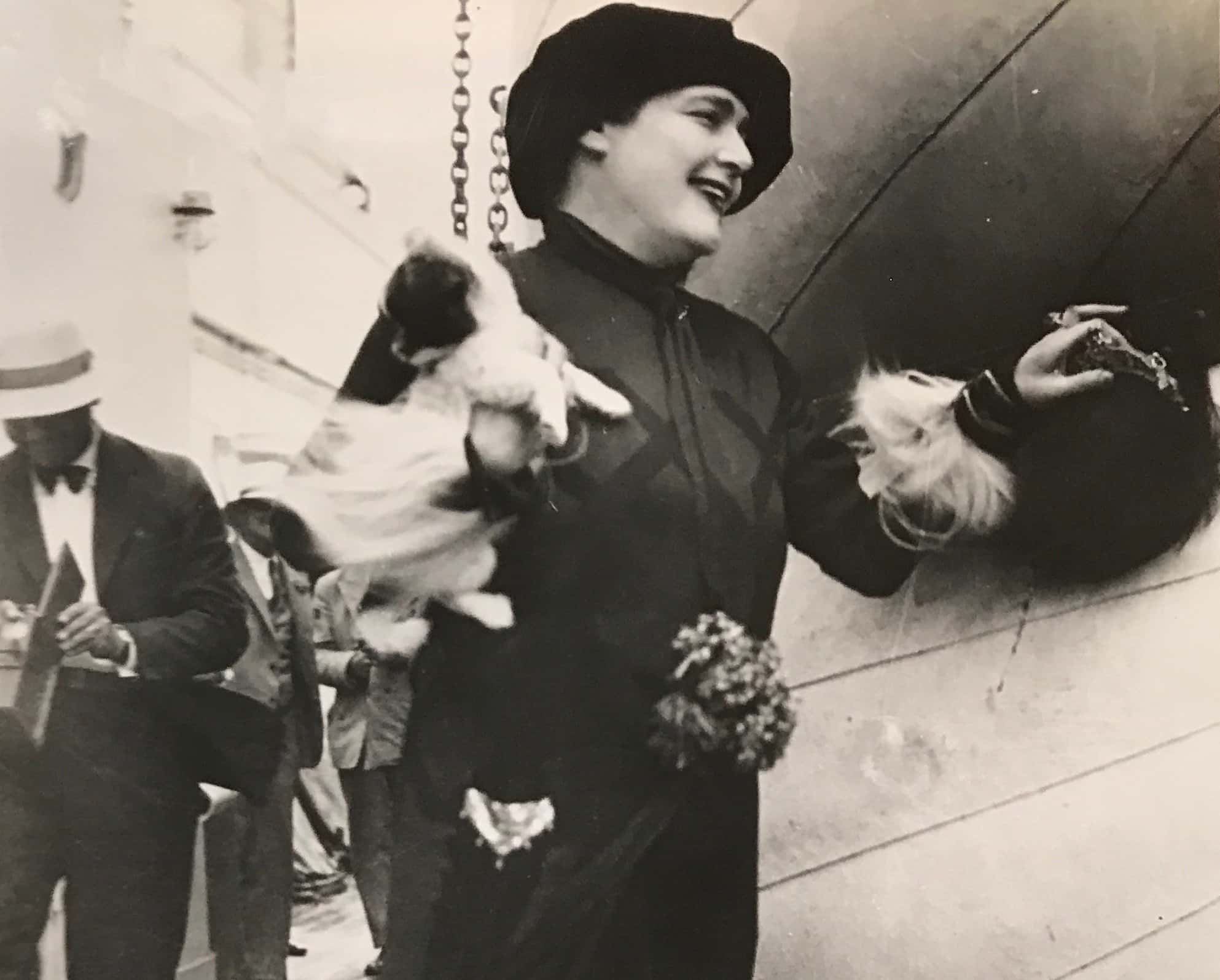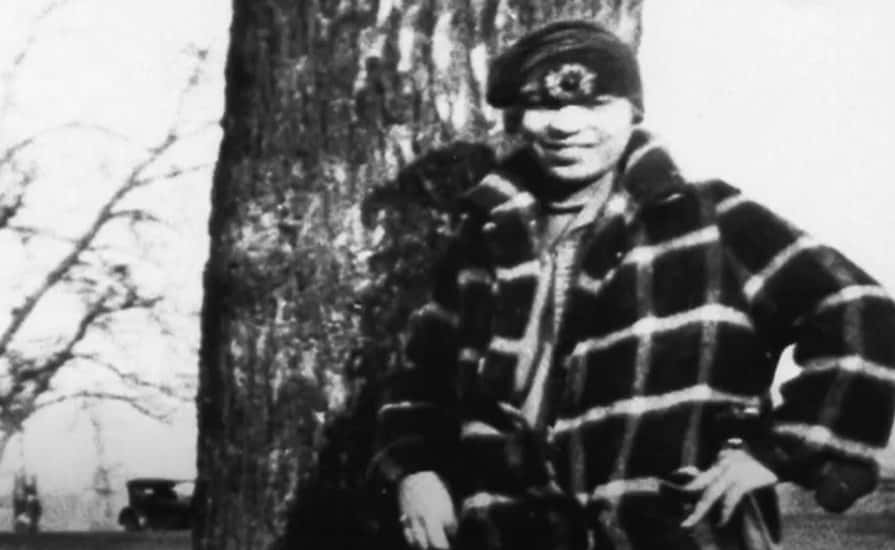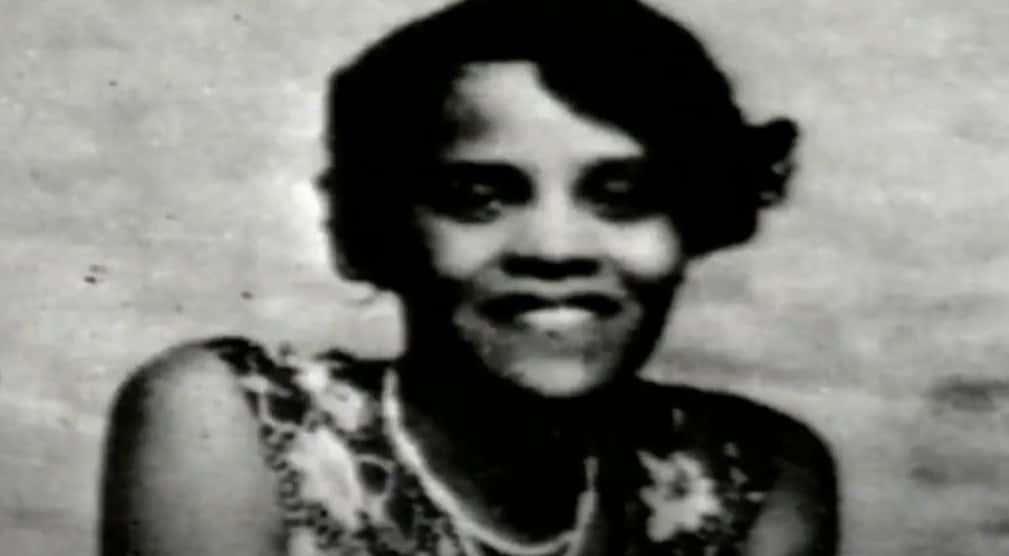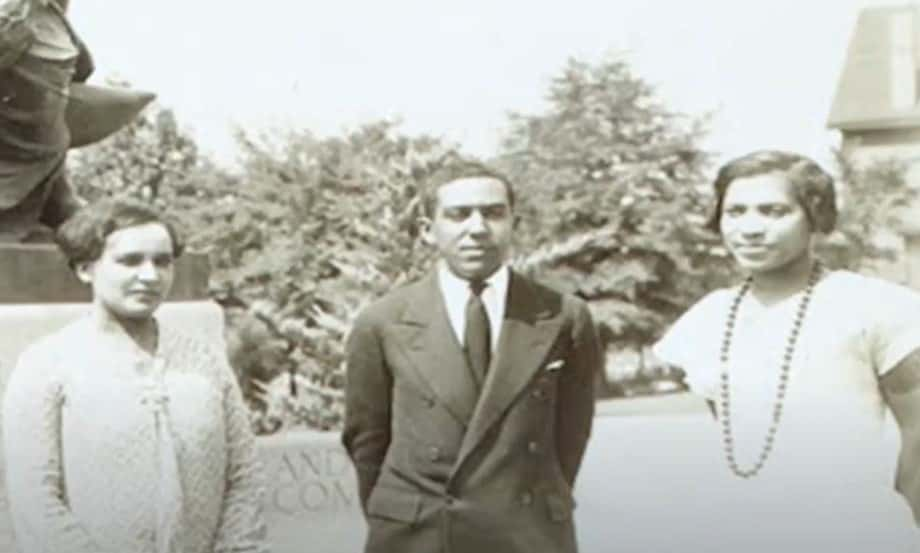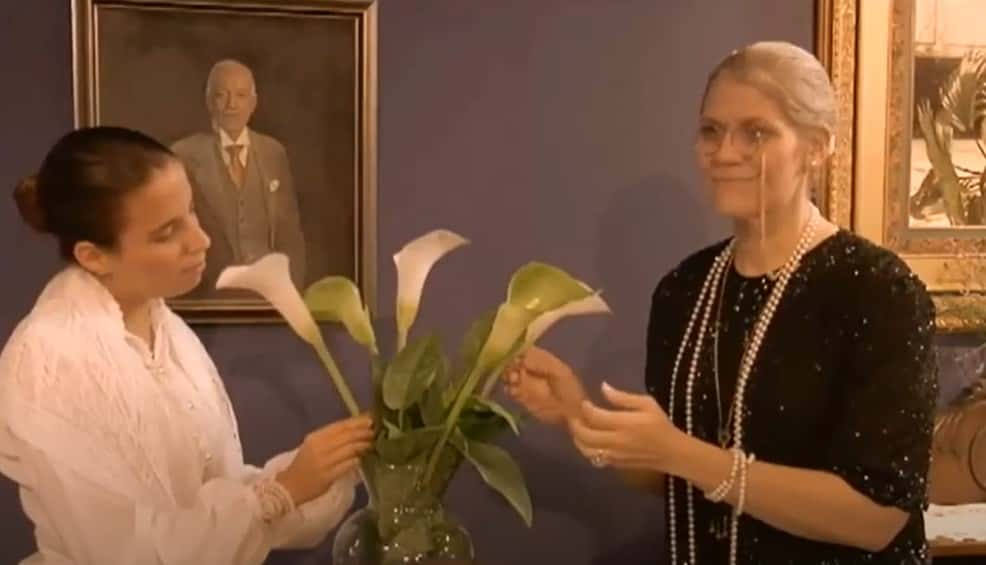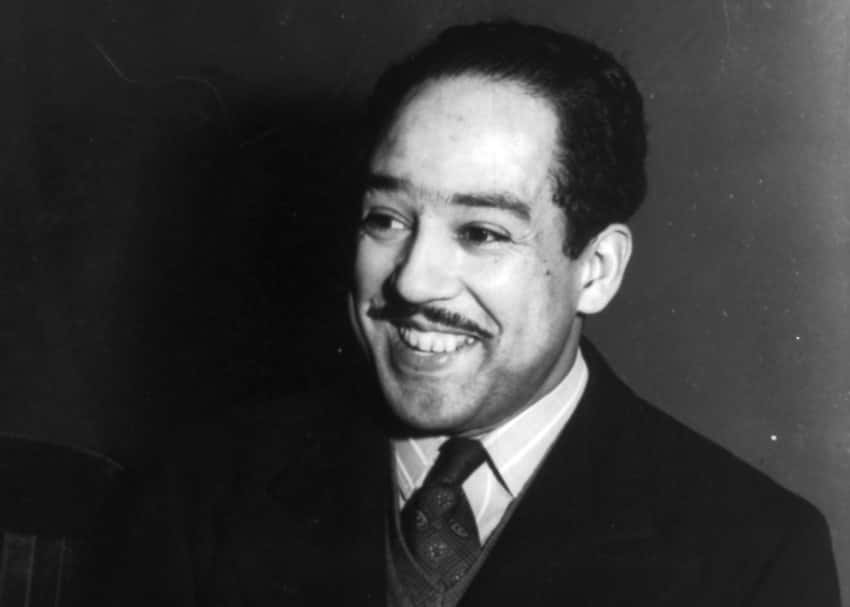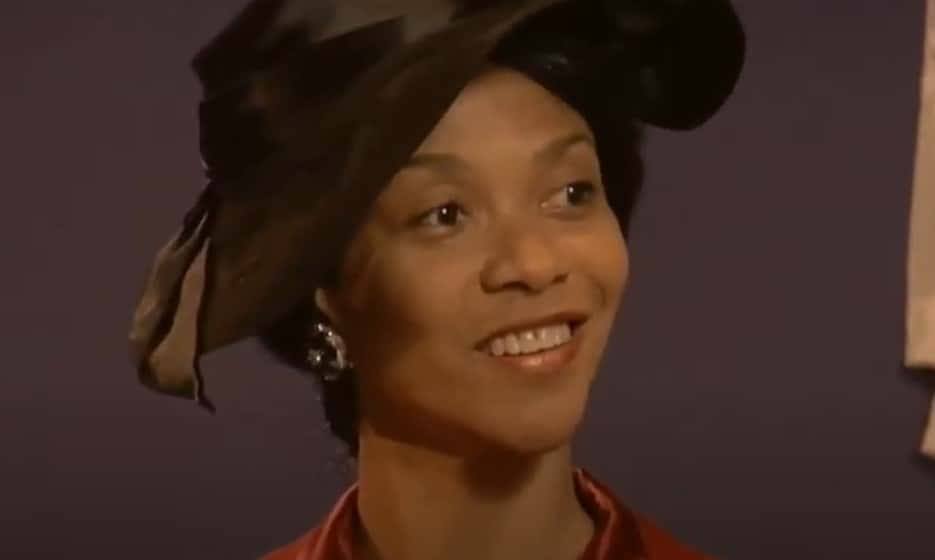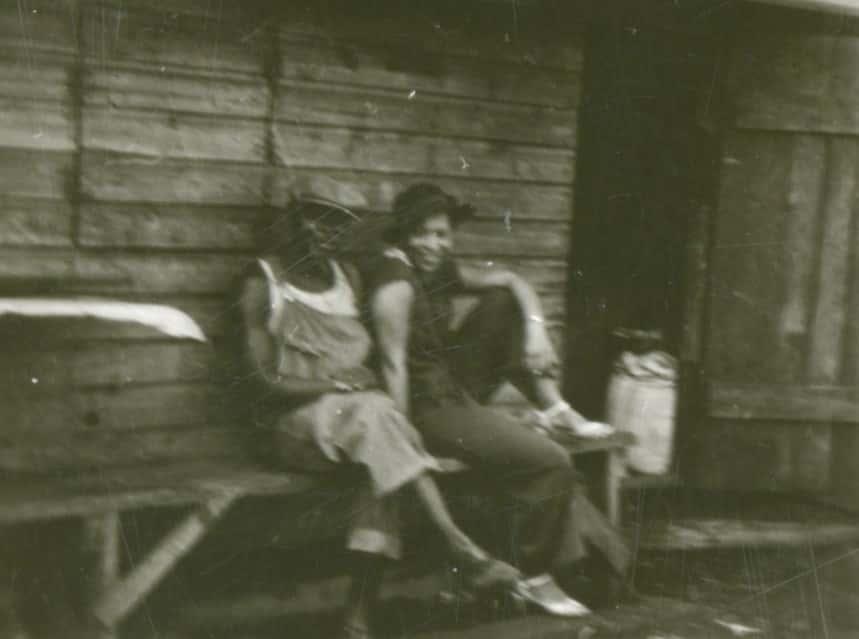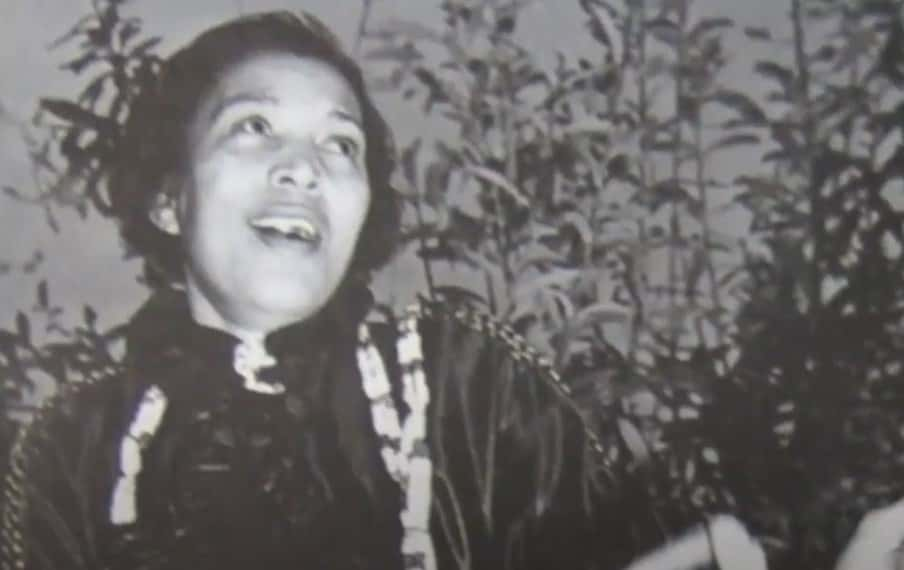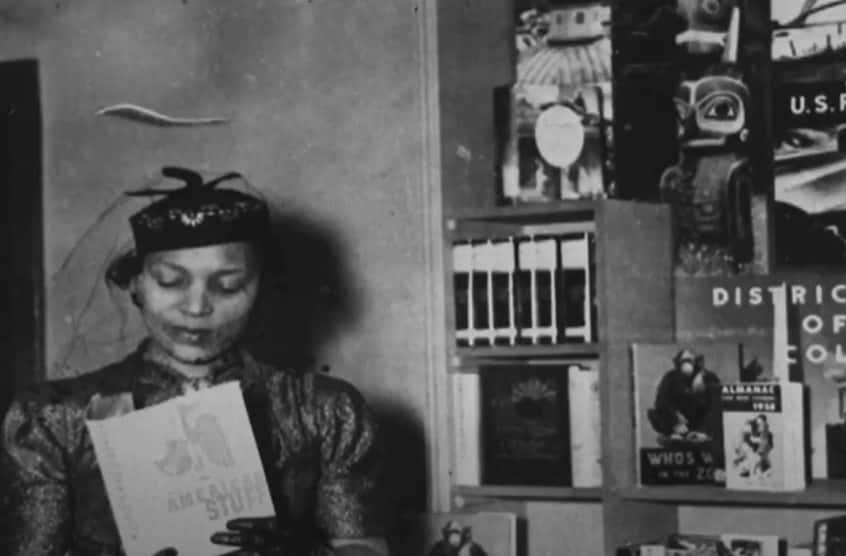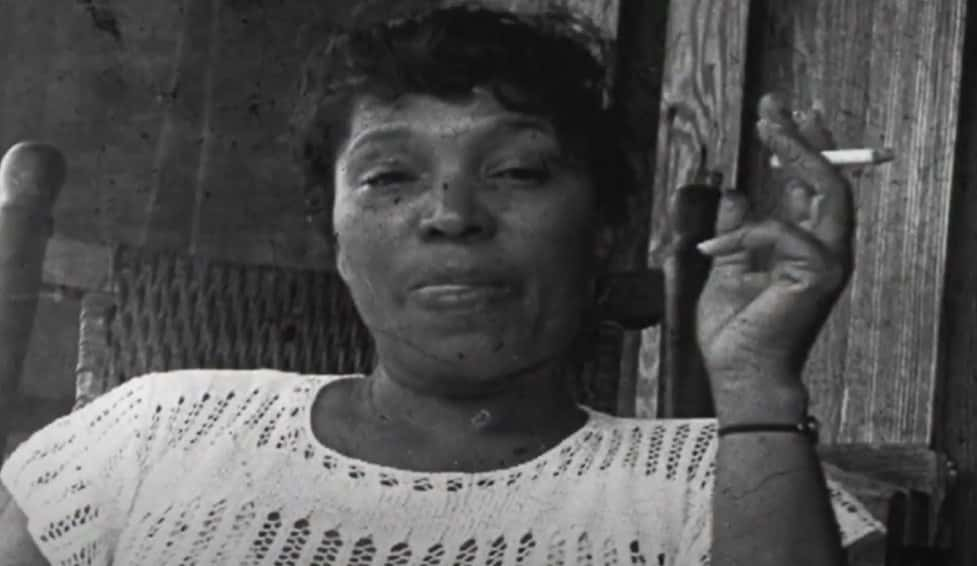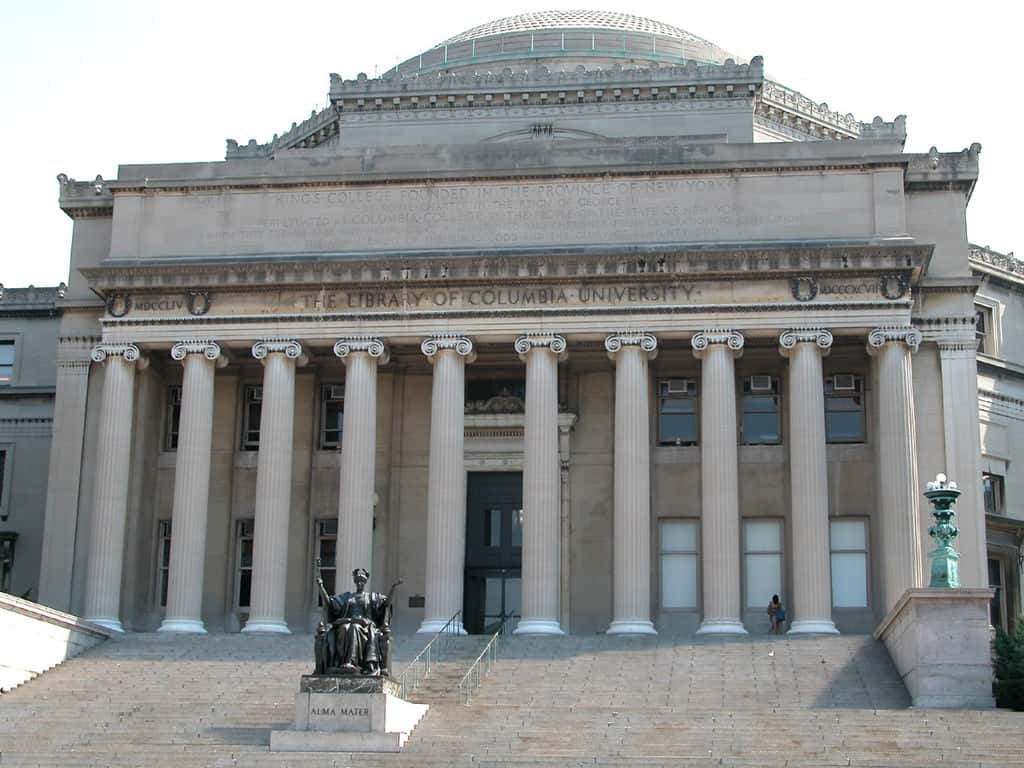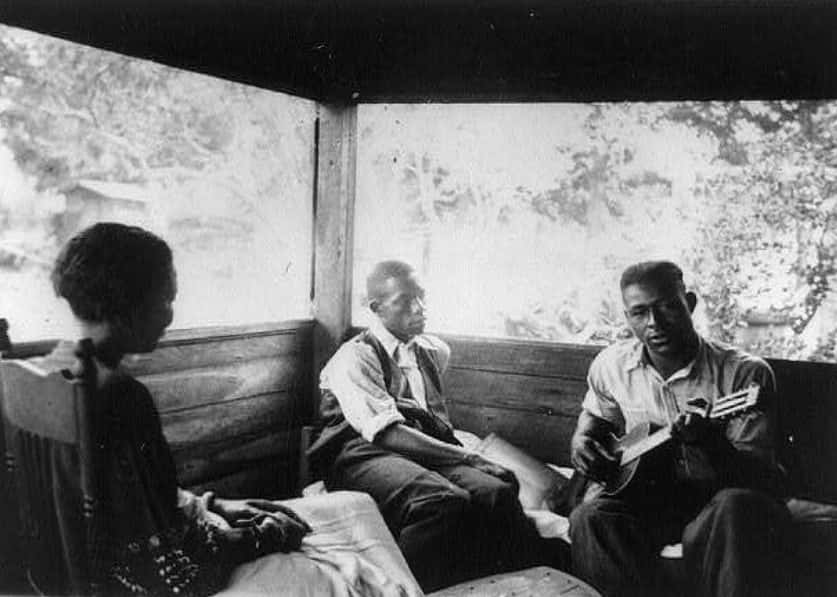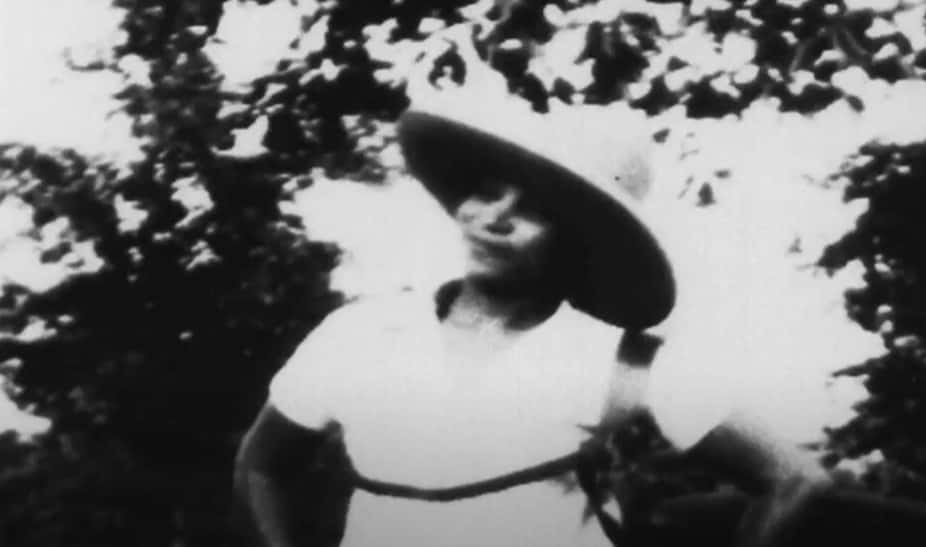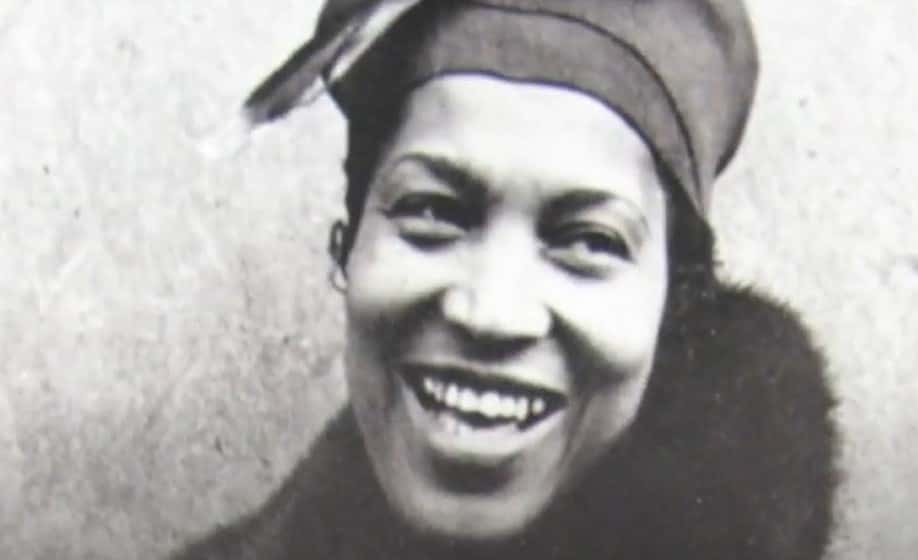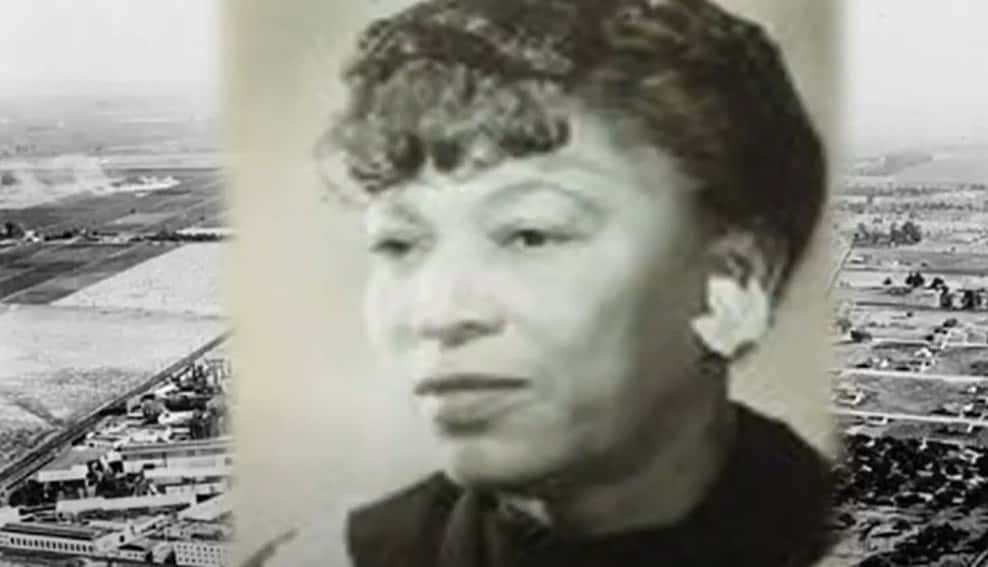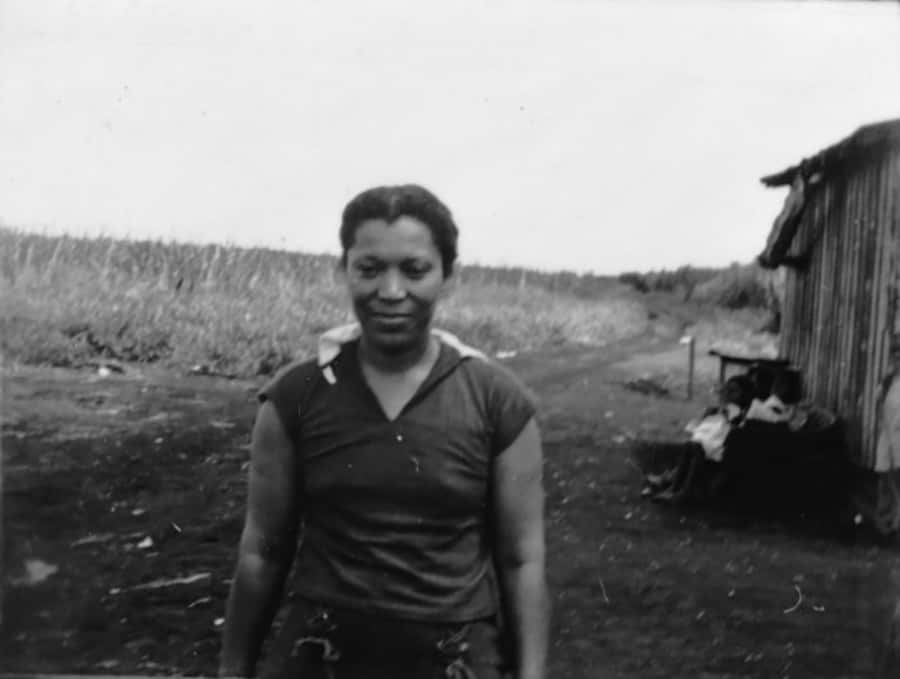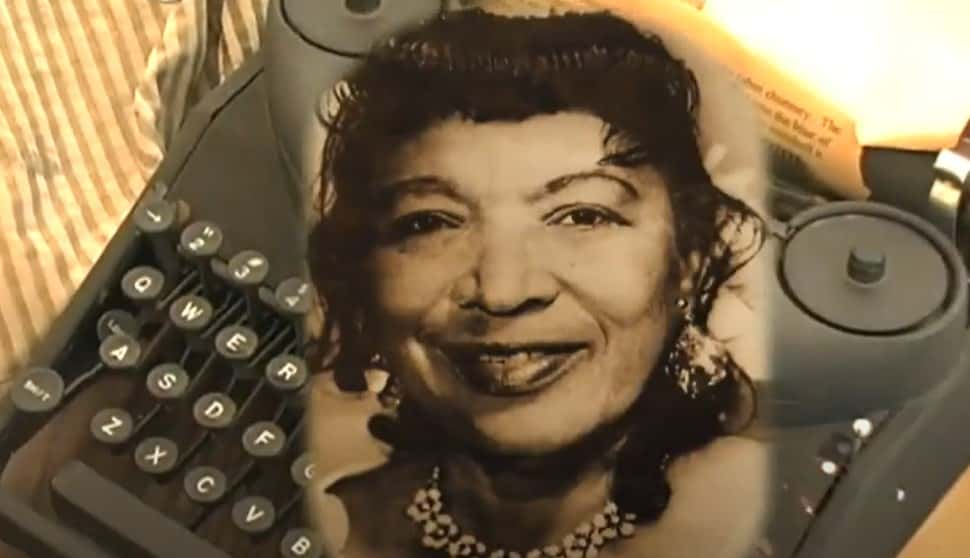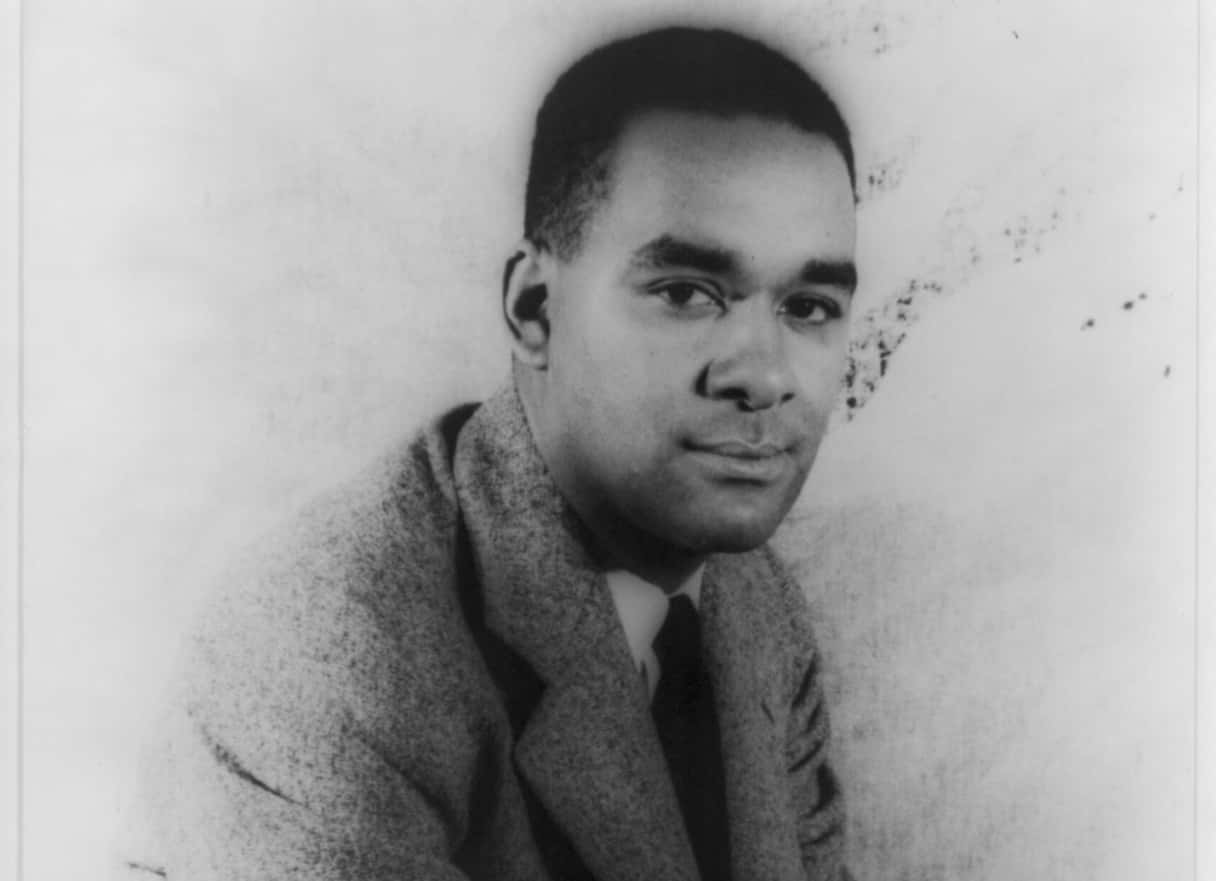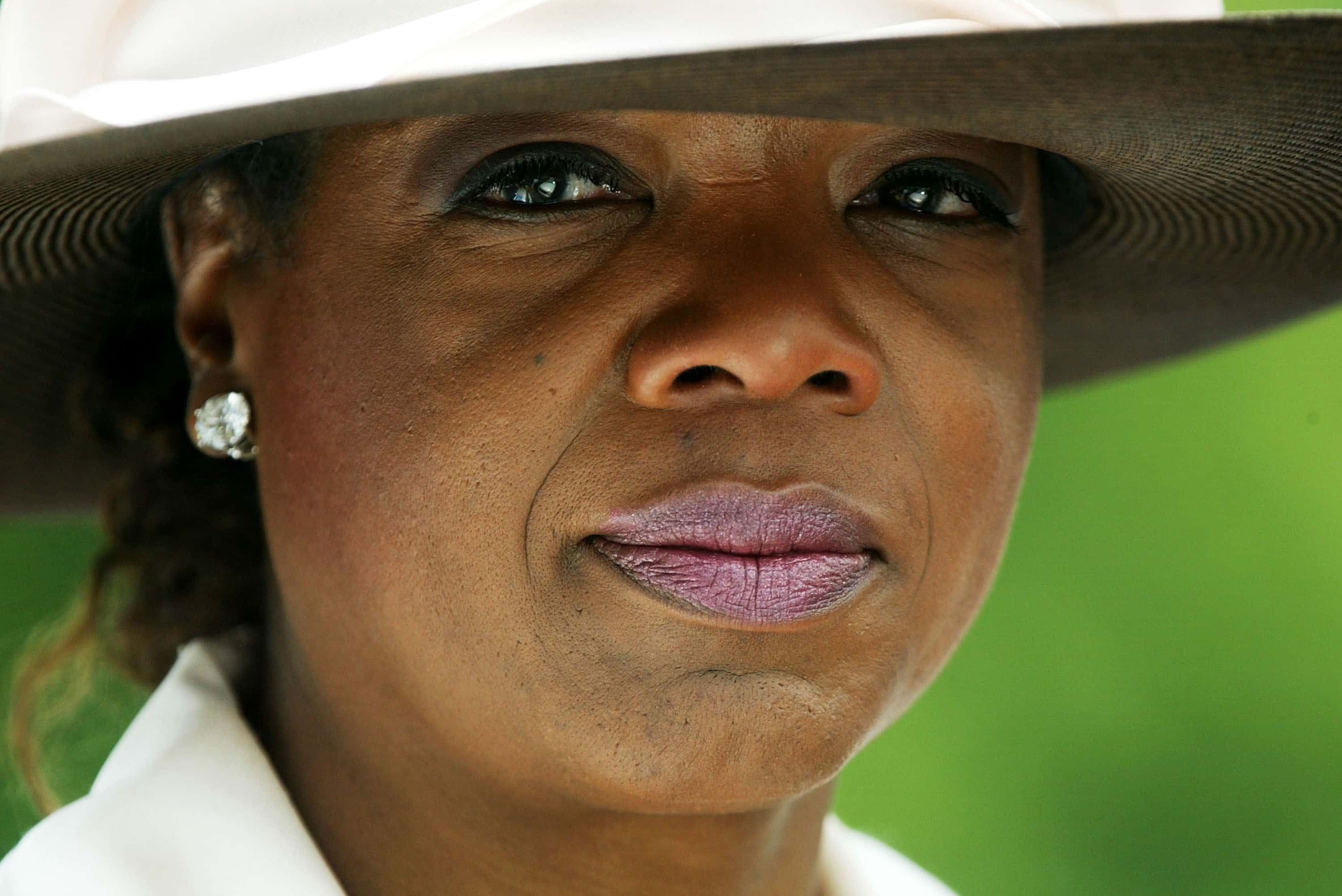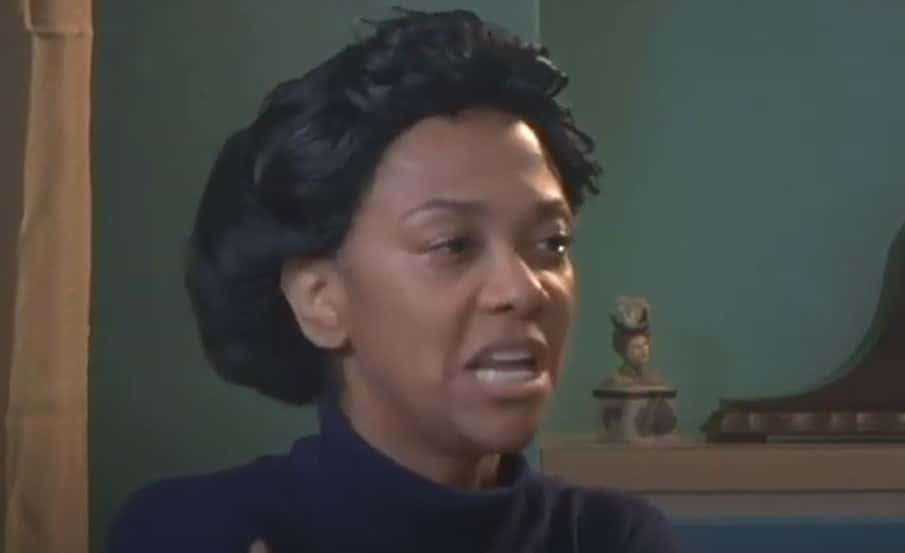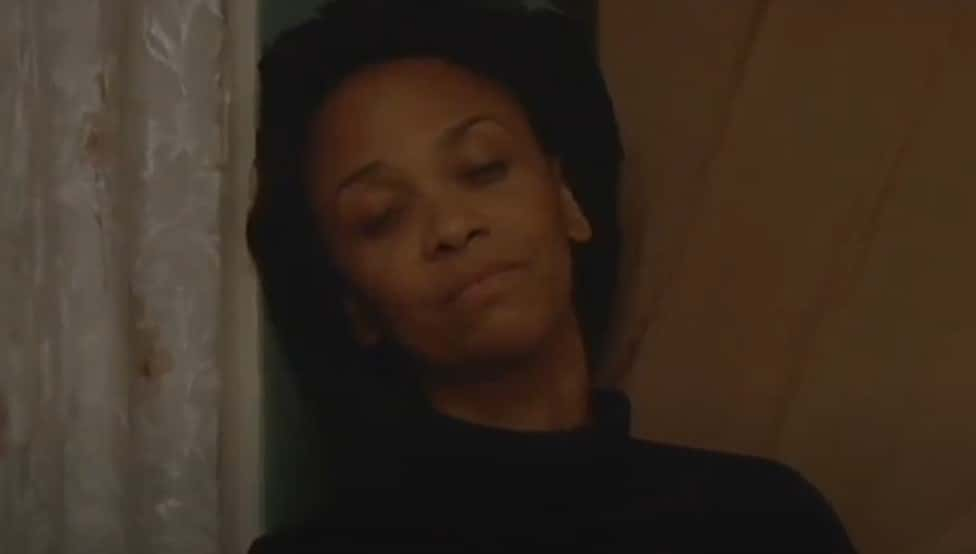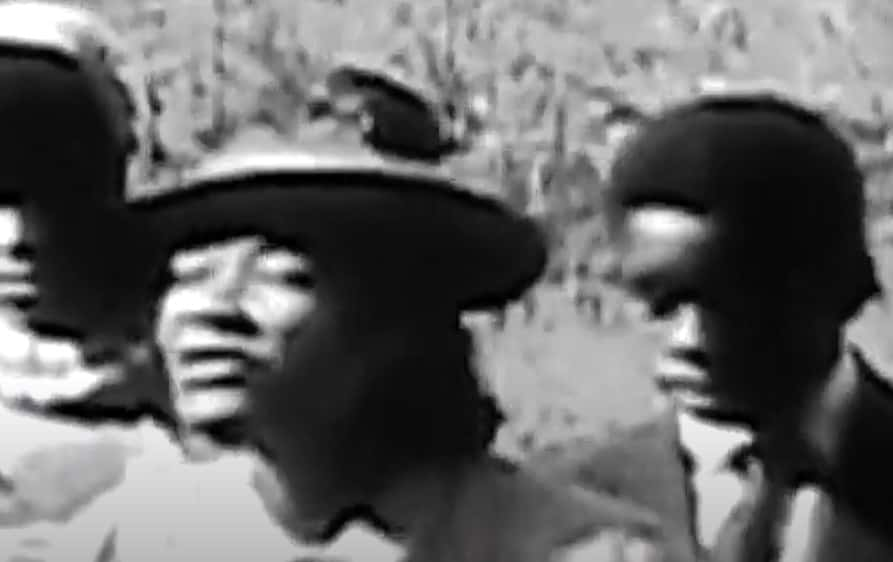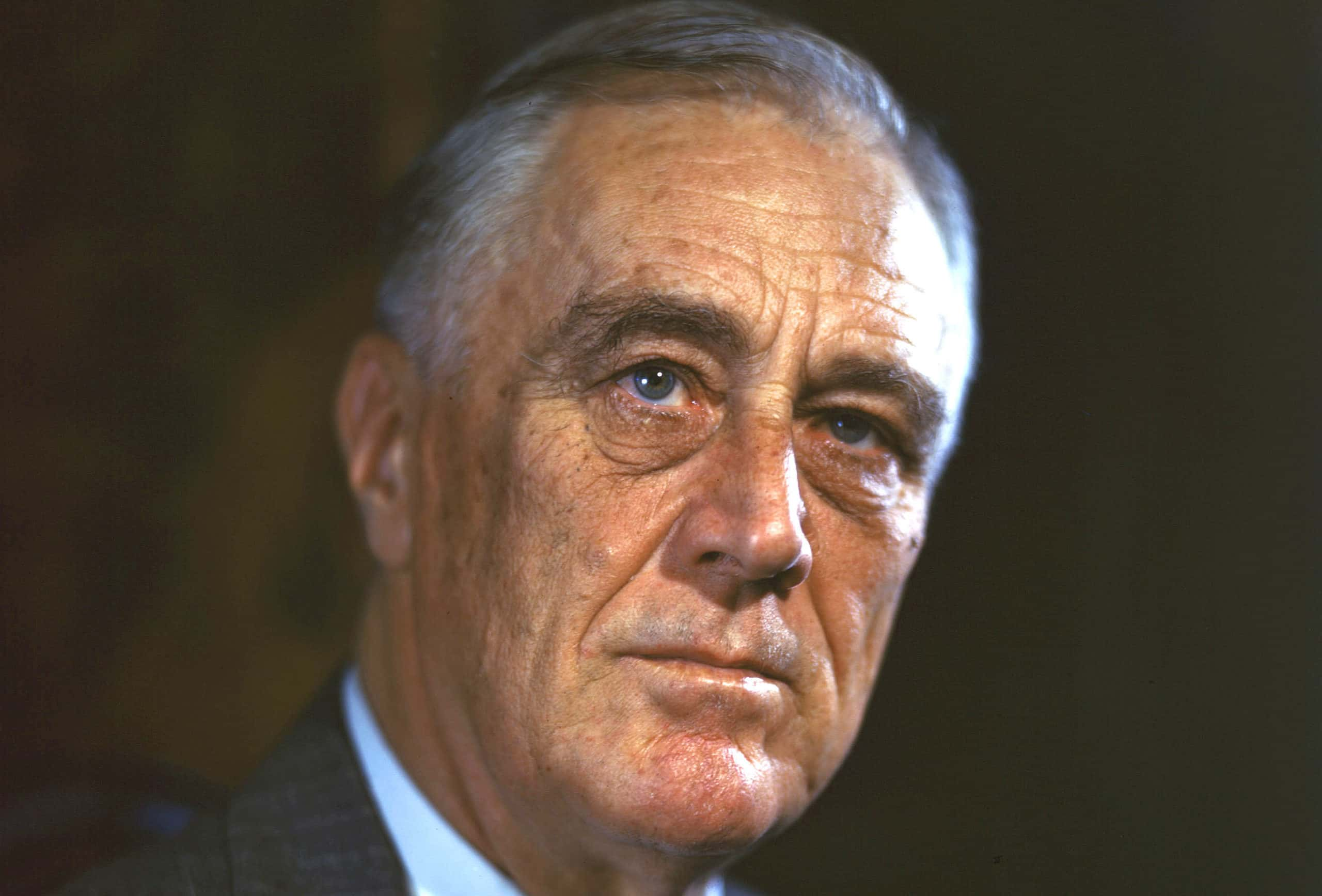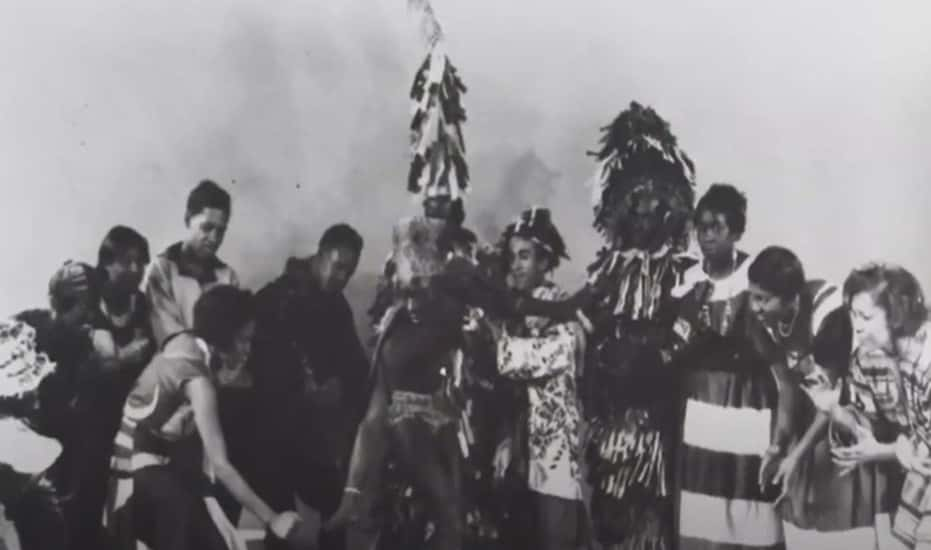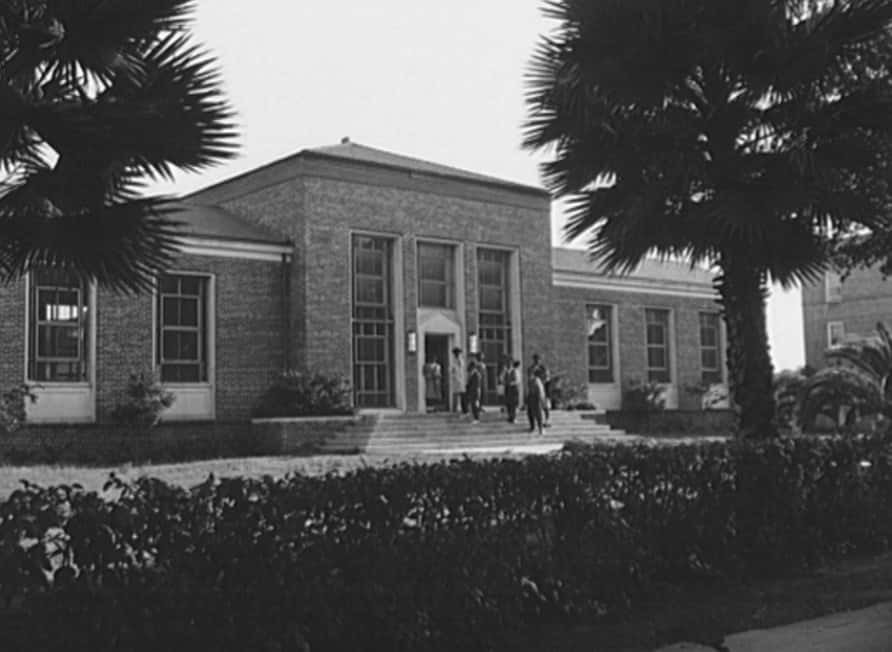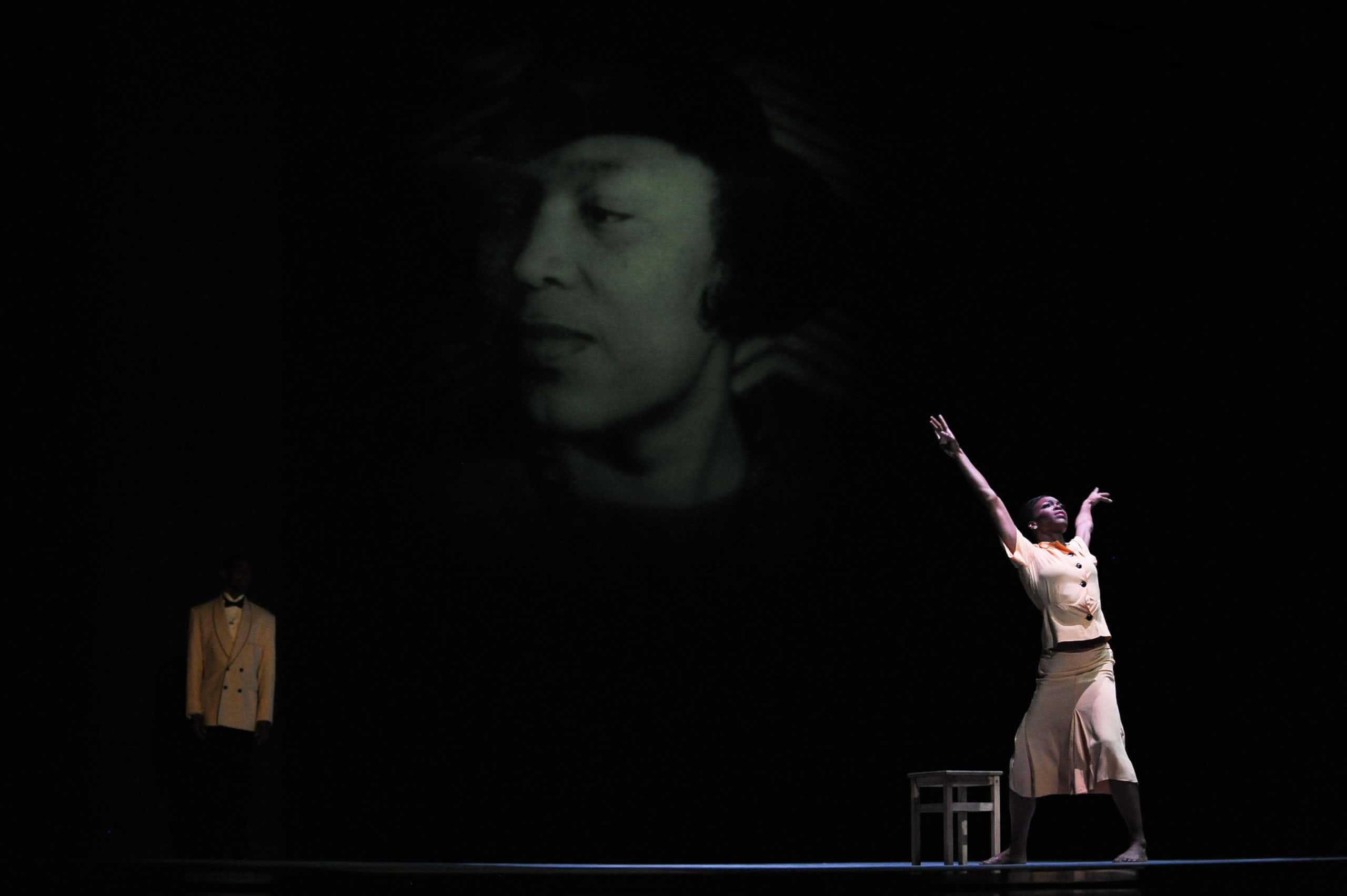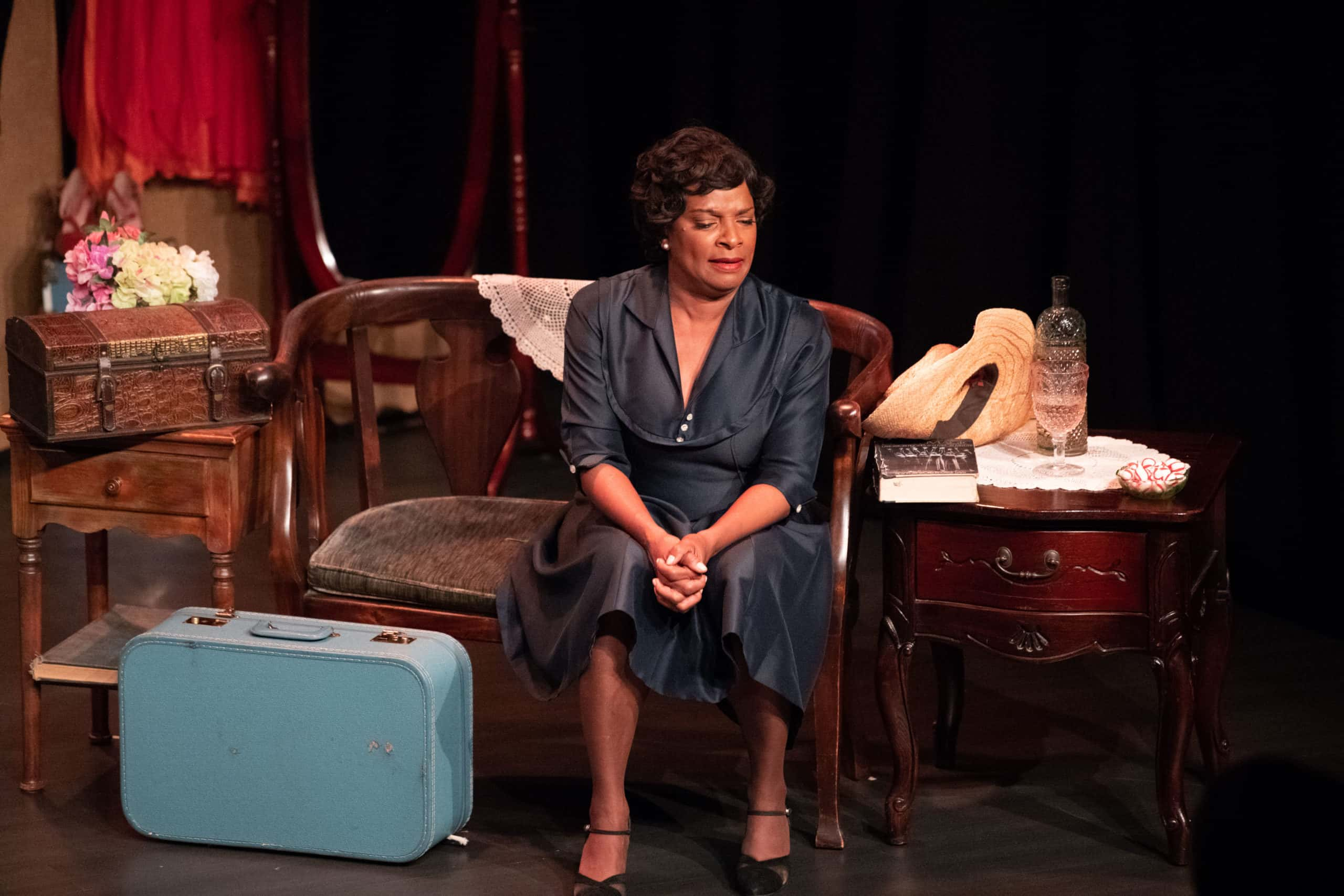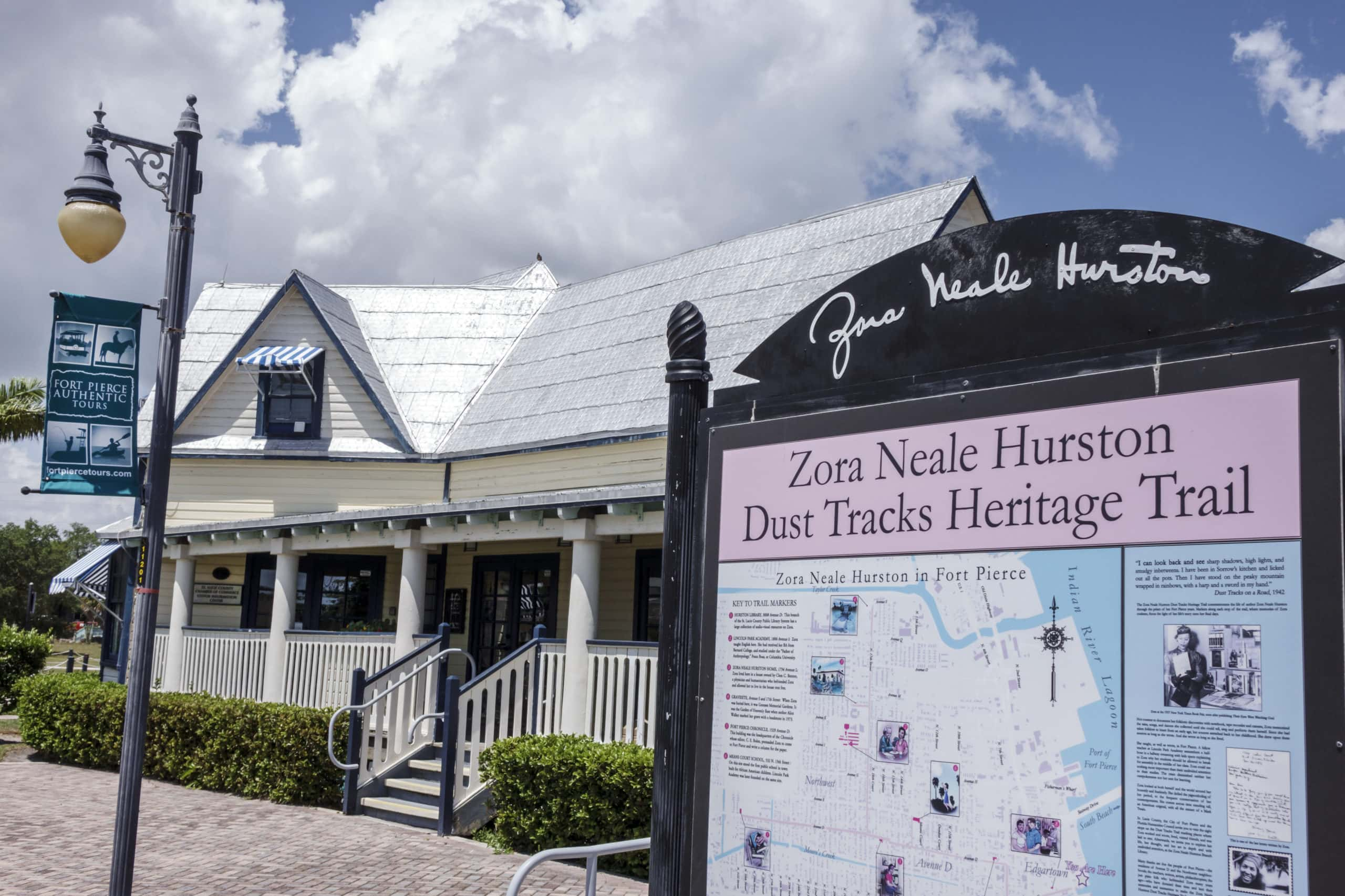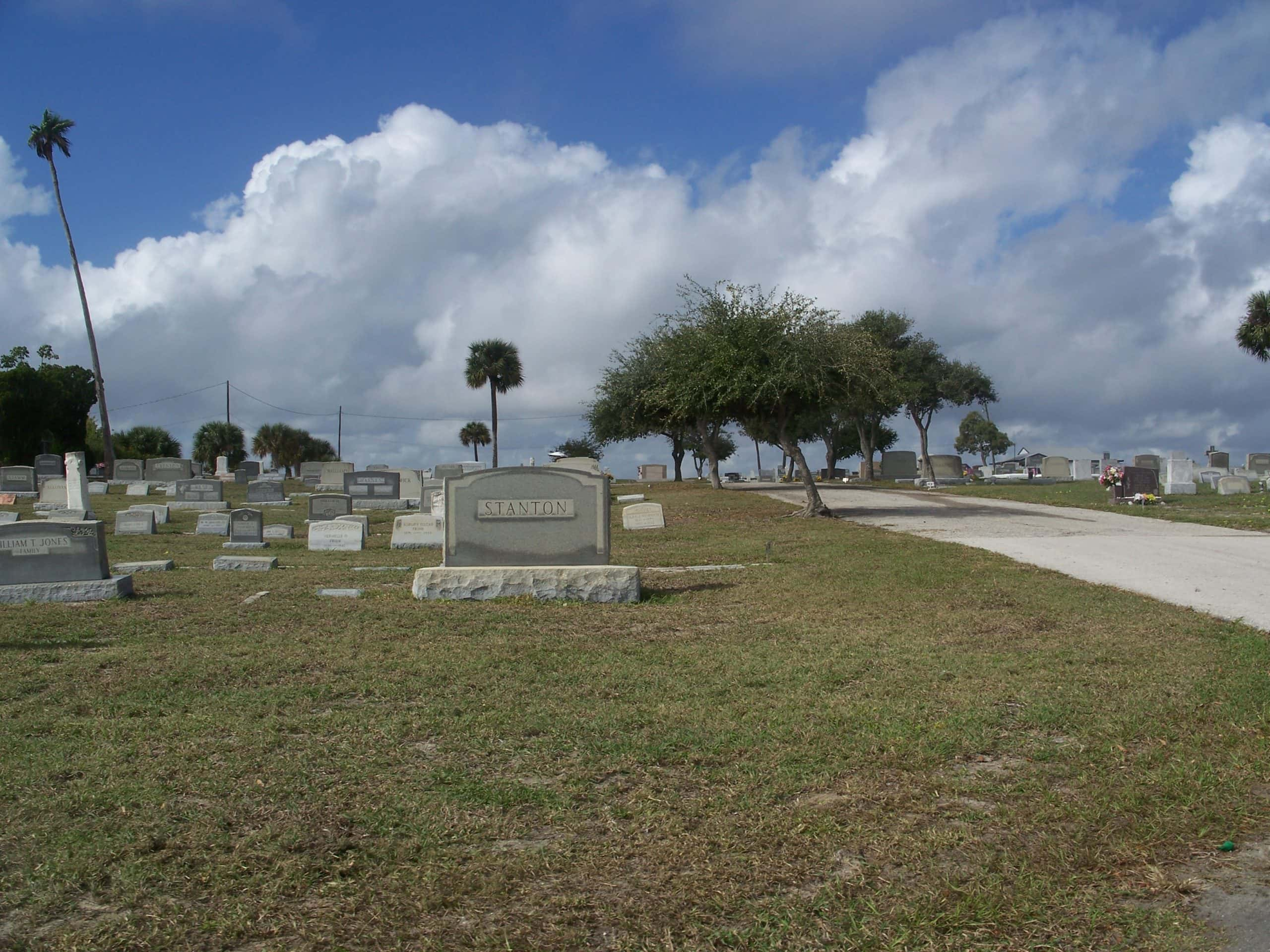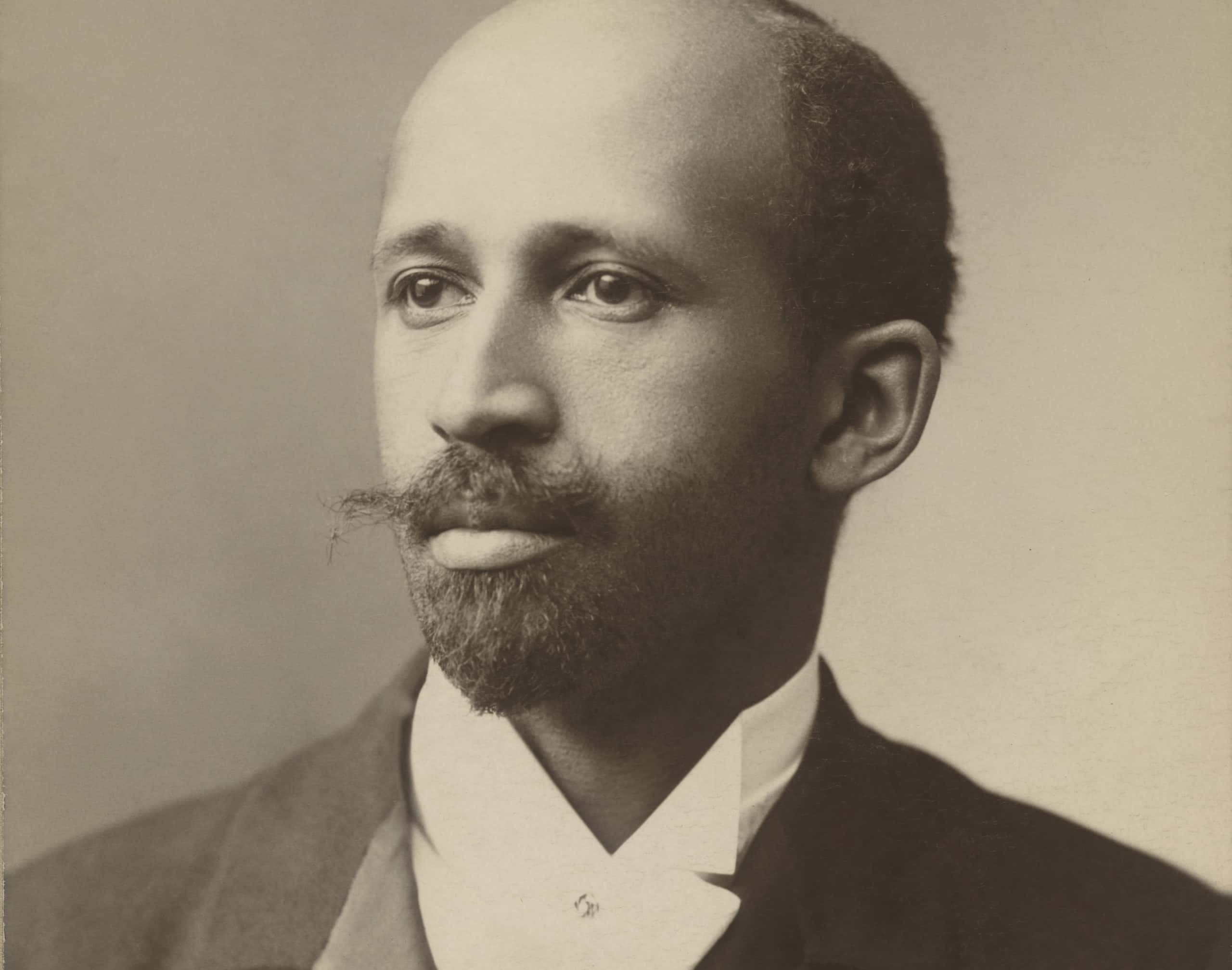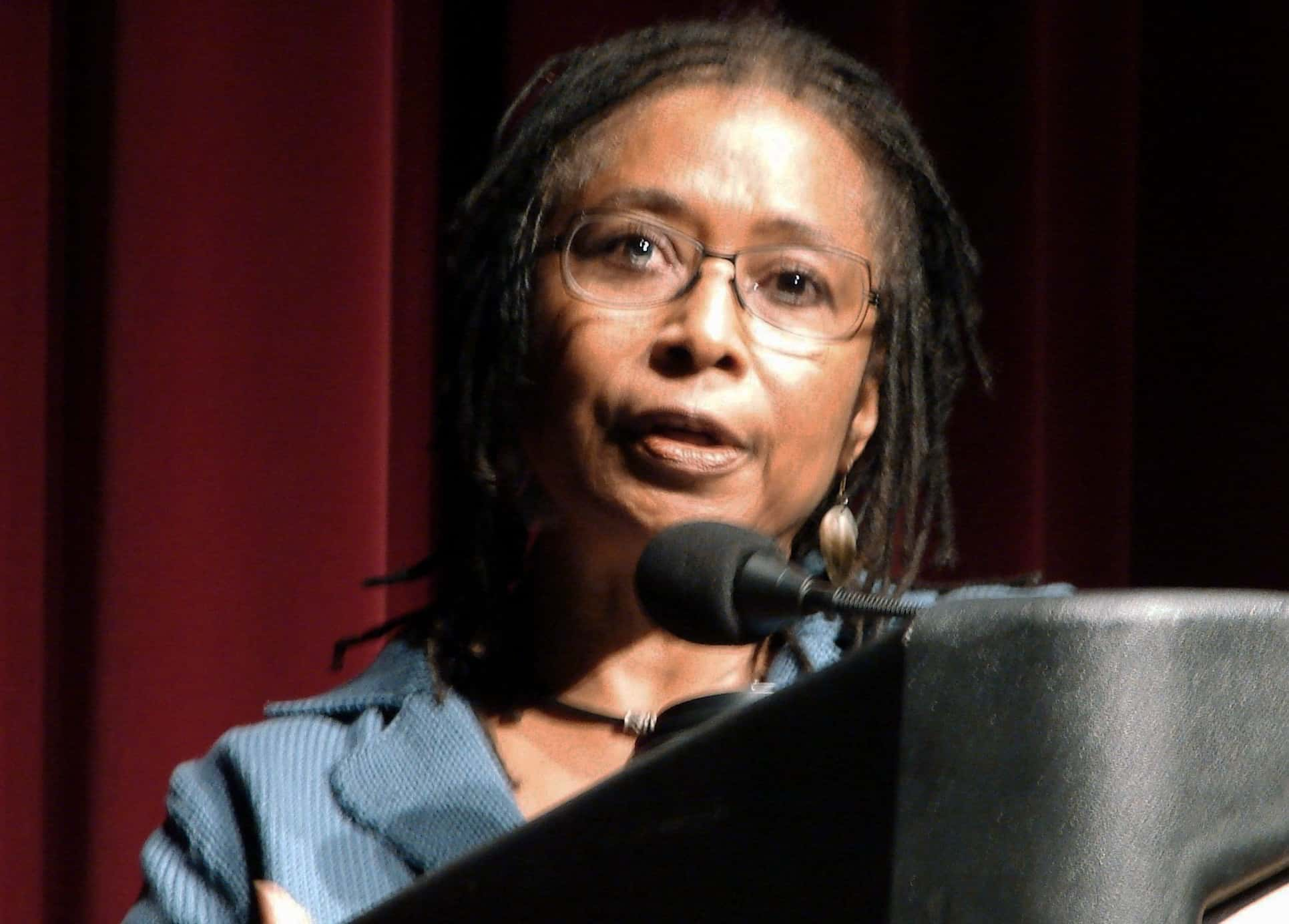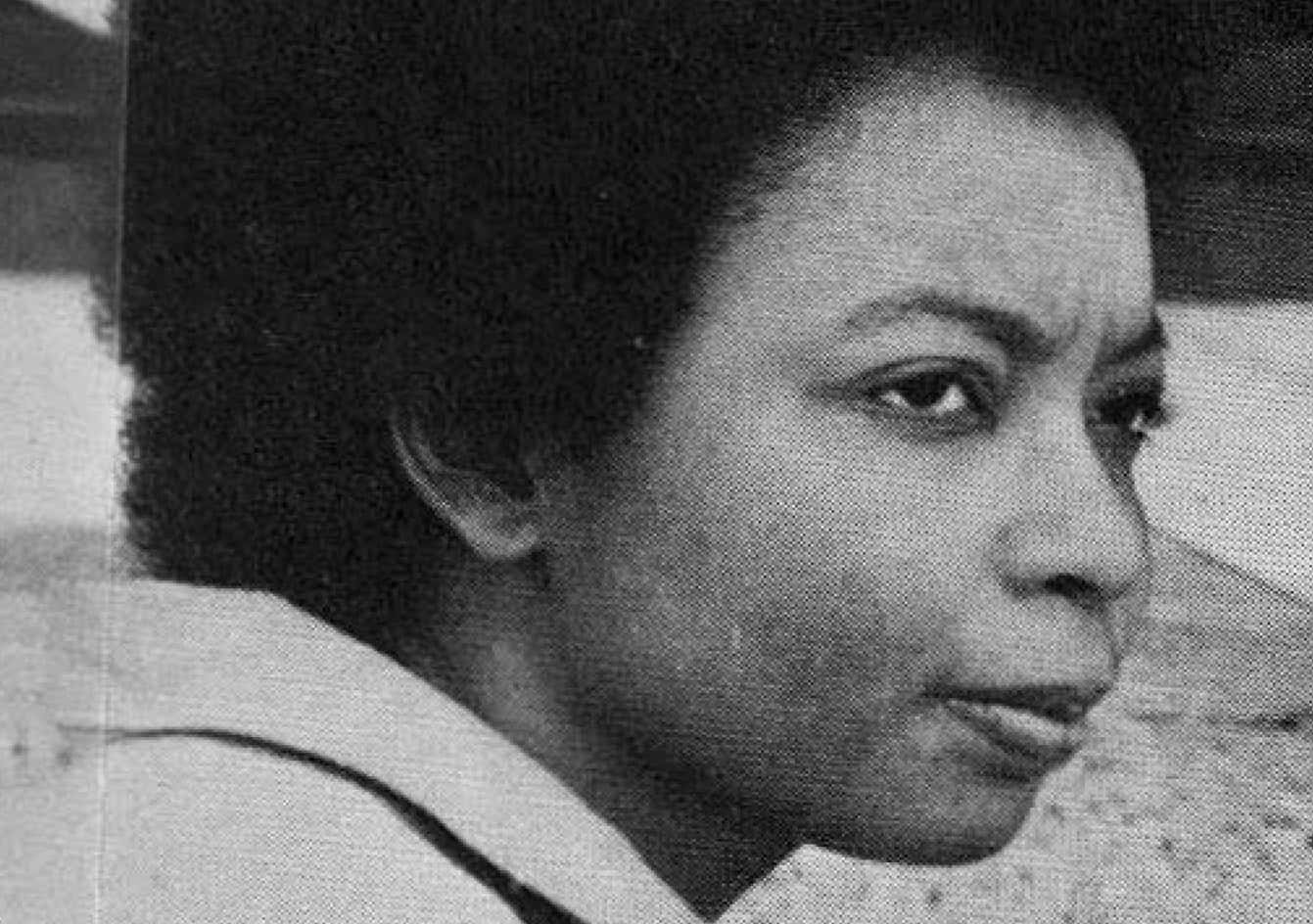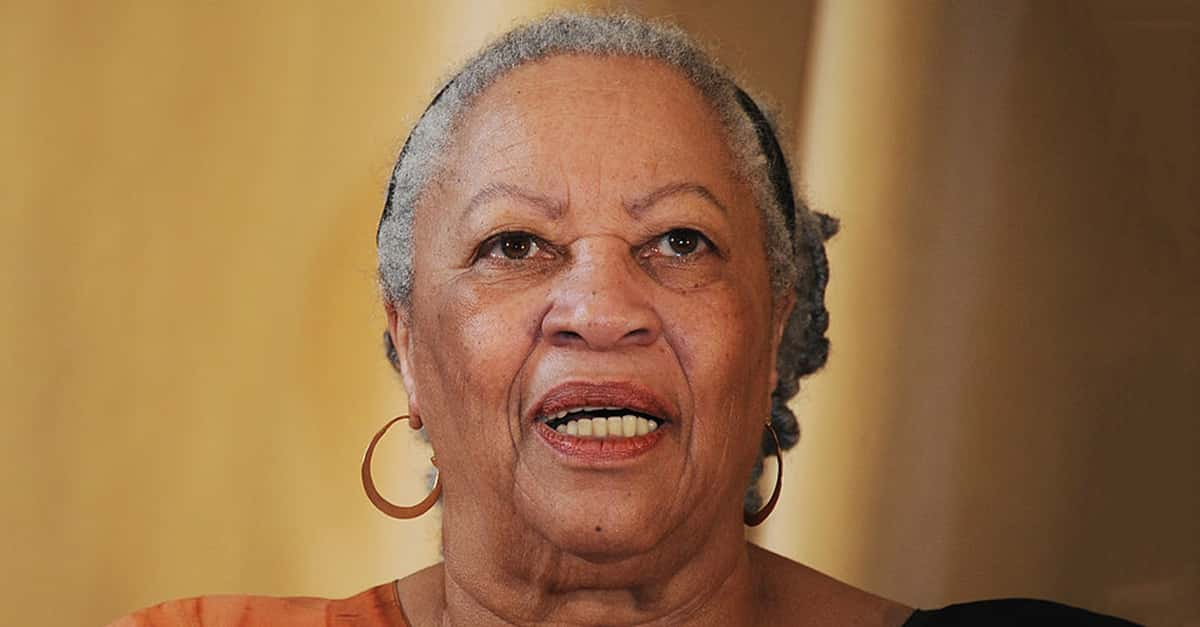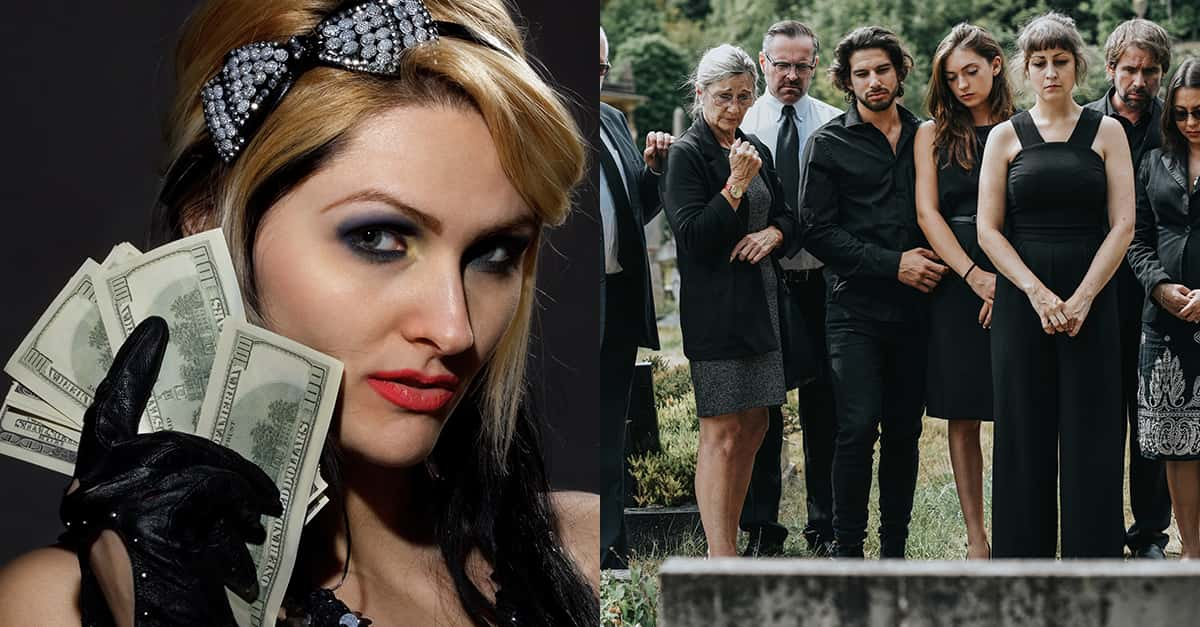Zora Neale Hurston was one of the fiercest writers of her day—but few know her dark history. From personal heartbreak to public scandal and beyond, Hurston faced every curveball life threw her way. She was a prolific and controversial author, but sadly, not even her blazing intelligence could save her from a devastating fate.
1. She Had A Sheltered Childhood
Born in Notasulga, Alabama, in 1891, Zora Neale Hurston had an unusual upbringing. When she was only three, her sizable family moved to Eatonville, Florida—the first all-Black town in the US. This allowed Hurston and the rest of her community to live as they desired, in many ways escaping the racial prejudices of the outside world.
Unfortunately, a tragedy altered the course of her life suddenly and irrevocably.
2. Her Family Fell Apart
Sadly, Hurston was only 13 when her mother passed, her father remarrying the very next year. It was all downhill from there. Her new stepmom had no time for her, and eventually, her father shipped her off to boarding school in Jacksonville. As if that wasn’t bad enough, the next thing he did was absolutely unforgivable: He stopped paying her tuition.
With the lack of support, poor Hurston had no choice but to leave school. Alone, with only herself to depend on, the young girl went to drastic measures to keep herself afloat.
3. She Made It On Her Own
Faced with her terrifying new independence, Hurston took up any odd jobs that came her way. She worked as a waitress in a nightclub, a manicurist in a Black-owned business with a purely white clientele, as well as a maid for the lead singer in a Gilbert and Sullivan musical. But despite all of these new experiences, the true desires of her heart lay elsewhere.
4. She Told A White Lie
At 26, Hurston was too old to qualify for free admission to high school, and so, she came up with a simple solution: She shaved ten years off of her age in her application. After that, she decided to keep 1901 as her birth year. With her high cheekbones, and “playful yet penetrating eyes,” she looked young enough to pass as a 16-year-old.
After this little deception, Hurston was all set to pursue her dreams...but would her lies come back to haunt her?
5. She Was Smart
Thankfully, no one discovered Hurston’s brilliant white lie. After graduating from high school, she made her way to Howard University, a historically Black college in Washington DC. True to her outgoing nature, she became involved in various activities on campus. She was one of the first initiates of the college sorority and co-founded the campus’s first student newspaper.
Her writing skills earned her a spot in writer-philosopher Alain Locke’s literary club, The Stylus, after she wrote her first short story. But these achievements were just the tip of the iceberg. Bigger and better things awaited her.
6. She Stood Out
Hurston was one smart cookie. She left Howard in 1924, and the very next year, she won a scholarship at Barnard College of Columbia University. She’d impressed the founder of the college with her intellect and sharp wit, and the rewards were decadent. She was the only Black student in the college—destined to become Barnard's first Black graduate.
Her degree was in Anthropology, and her work in this field spilled over into her writing too. But this was only the beginning.
7. She Joined A Movement
While studying at Columbia, Hurston put down roots in Harlem, Manhattan. She became an integral part of the Harlem Renaissance, which aimed for the “intellectual and cultural revival of African American[s].” Her writing established her as an irrepressible voice for the movement, especially after The New Negro, a literary magazine, published her essay titled “Spunk.”
The New Negro’s founder was Alain Locke. Many considered Locked as the “dean” of the Harlem Renaissance, so it helped that he became friends with Hurston. In fact, her open personality was a total gamechanger.
8. She Was A Social Butterfly
Hurston was many things, but she was not an introvert. She loved having people around, and her apartment became a place where everyone congregated to sound off ideas and have passionate discussions. Furnished with stuff her friends donated to her, the Hurston home was a warm, welcoming space with an open door policy. But despite the hubbub of her personal life, she remained completely dedicated to her craft.
She’d often slip away from the party to go write in her bedroom. But this didn’t mean she was a shrinking violet.
9. She Made Her Presence Felt
Hurston’s larger-than-life personality, wit, and spirit probably had something to do with the fact that her mother, while alive, had always encouraged her kids to “jump at de sun.” Her sense of humor and intelligence helped her win hearts and make friends, and she was the life of the party in the days when she opened her home to like-minded writers and intellectuals.
After over a decade of hardship, it finally seemed like things were working out for Hurston—and before long, she got the opportunity of a lifetime.

History's most fascinating stories and darkest secrets, delivered to your inbox daily.
10. She Interviewed Someone Important
Not many get to talk to people who lived through an important, though tragic, part of history. Hurston got the opportunity to interview Cudjo Lewis, supposedly the last survivor of the slave trade. She wrote at length about how he became a captive, his journey to America, his enslavement in Alabama, and his subsequent freedom. She titled the work Barracoon: The Story of the Last Black Cargo.
Unfortunately, no one wanted to publish it then, but it did achieve publication eventually…many, many years later.
11. She Found An Ally
Historical records are a bit fuzzy on the dates, but it seems certain that Hurston worked as a secretary for a while for a Jewish writer, Fannie Hurst. They both met at Opportunity Magazine's first-ever literary awards banquet where Hurston had won an award for her essays, “Spunk” and “Color Struck.” Fannie presented her awards and, later, made her a stunning proposition.
She asked Hurston to work for her as her chauffeur and secretary. Of course, the eager writer agreed, and she didn’t regret it either.
12. She Had A Fun-Loving Boss
Hurston and Fannie enjoyed each other’s company. Fannie was a successful writer at the time and opened a whole new world to Hurston. For the first time in her life, she visited snooty hotels and exclusive cafes. Moreover, Fannie had a delightful sense of humor and proved herself to be a trickster at heart. For instance, she'd sometimes presented her new friend, Hurston, as visiting royalty, laughing behind the backs of the anxious hotel staff.
Hurston’s path would soon diverge from Fannie’s, but she always remembered her affectionately. Perhaps it was also because some of the other "friends" she made were really her enemies.
13. She Had Mentors
At Barnard, Hurston worked and studied with the noted anthropologist, Franz Boas, who helped guide her research. However, anthropology wasn’t the best-paying occupation, so she felt relieved when socialite-cum-philanthropist Charlotte Osgood Mason took her under her wing. Mason patronized several other Black writers including Hurston’s friend, Langston Hughes, as well.
Mason funded Hurston’s trips to Florida and Alabama, to find out more about her people’s oral traditions and folklore. But Mason wasn’t solely driven by a noble desire to help struggling writers; in fact, Hurston quickly discovered that her motives weren’t altruistic at all. On the contrary, some of them were downright sinister.
14. Her “Godmother” Was A Shady Character
Hurston didn’t think twice when Mason asked her, and other writers she supported, to call her “Godmother,” and really, what’s in a name? Surprisingly though, she didn’t hear alarm bells when the “godmother” made them all sign a paper stating that all their research would legally belong to her and they’d need her permission to use it elsewhere. It was a shady move, but luckily, Hurston's greedy "godmother" didn't trap her forever.
15. She Escaped
Some critics felt Hurston's financial dependence on Mason influenced her to subconsciously add Mason-approved themes and tropes to her writing. Thankfully, this didn't last forever. Down the road, Hurston found other means to support her writing, as did her friend Langston Hughes. Hurston and Hughes shared more than a patron though, but that didn’t help one bit when their relationship went south.
16. She Had A Good Friend
When Hurston first moved to Harlem, she didn’t know many people. It helped that she got along with her neighbor, and he became her first friend there. Poet Langston Hughes introduced her to the Harlem Renaissance crowd and there was no looking back. Things would have been great between the two of them if they hadn’t made a monumental mistake.
17. She Tried Collaboration
Hurston and Hughes had already worked together to publish a literary magazine titled Fire!! Though the magazine fizzled out after a few editions, the two friends decided to write a play together. Hurston came up with the idea because although their writing styles were different, the y both wrote about the black perspective. This marked the beginning of the end.
18. Her Relationship Soured
Hurston and Hughes began brainstorming on their first (and last) folk play together. They titled it Mule Bone and worked on it together, but also whenever they were on their own. Each started to feel they’d done most of the work and the play deserved to be in their name only, so as a result, both of them had their own version copyrighted.
Sadly, the end of this collaboration also meant an end of the Hurston-Hughes friendship. The play remained unpublished for a long time, even after both its writers had passed. Finally in 1991, after Hurston’s rediscovery, Mule Bone saw the light of day.
19. She Tied The Knot
In case you were wondering, Hurston did find time to meet a special someone during her super busy schedule. She married Herbert Sheen, whom she’d met at Howard where he’d just started teaching. He left teaching to become a jazz musician, and would eventually leave music to become a physician. But though the couple got along quite well, they did not find their "happily ever after."
20. She Said Goodbye
Hurston and Sheen lived together for over a year, but quickly realized it wasn’t meant to be. For some reason though, Hurston delayed the divorce, and so the marriage officially ended a few years later, in 1931. But that didn’t mean she’d given up on love. In fact, it wasn't long before she met a prince charming destined to rock her world. And even better? He was nothing like her first husband.
21. She Met The Man Of Her Dreams
In 1931, when Hurston was actually 40, but “officially” only 30 years old, she met the man of her dreams. Percival McGuire Punter was a 19-year-old West Indian, playing the lead in her play, The Great Day. The fact that he was “tall, dark brown, and magnificently built” definitely attracted her in the beginning, but she claimed it was his “fine mind” that really got her.
Interestingly, Punter felt the same way, but he kept his feelings quiet. In a move to save themselves from heartbreak, neither of them said anything and went their separate ways once the play was over. Ouch. Fate had other plans for them though.
22. She Pined For Him
Being the total boss lady that she was, Hurston didn’t waste her time just sighing over unrequited love. She was miserable, sure, but productively so. Hurston penned her first novel, Jonah’s Gourd Vine, and won a scholarship to pursue a Ph.D. in Anthropology at Columbia. She even started working on a collection of folklore titled Mules and Men.
Clearly, her unfulfilled romances proved fruitful for her career. However, her love life was about to see some action very soon.
23. Her Luck Turned Around
Hurston’s reentry to Columbia wouldn’t get her a Ph.D., but it reunited her with the man she’d been trying to forget before she got there. Unfortunately, she dropped out of the doctoral program because the authorities reduced her fellowship right after her first semester. However, she had no time to feel bad about it because she immediately met Punter, who’d just started at Columbia himself.
Hurston was over the moon. Especially since she discovered the man hadn’t lost his charm, even after their two years spent apart. “It seems to me that God must have put in extra time making him up. He stood on his own feet so firmly that he reared back.” But would she confess her feelings to him this time?
24. They Became An Item
Although she felt so strongly about him, Hurston still wanted to protect her heart. She trod carefully, pretending not to notice Punter’s shy flirtations until he declared his love for her openly. Their relationship was full of intensity and passion—but there was a dark side to Punter’s affection, which she discovered all too soon.
25. She Had To Choose
Hurston may have thought Punter was unique, but he knew for sure that she was a rarity. He loved her sparkling wit and confidence but also felt intimidated by it. She was a celebrity who had a roaring social life, and soon, his jealousy began bubbling to the surface. He felt a deep resentment that he wasn’t the center of her attention. So he asked her to give everything up, marry him, and move away from New York.
Erm…the man doesn’t sound so hot now, does he?
26. There Was Trouble In Paradise
Hurston was head over heels, but even she knew this kind of love spelled trouble. Any kind of reasoning didn’t work. They were both the jealous sort and had full-blown rows whenever either of them so much as looked at another person. “We were alternately the happiest people in the world, and the most miserable.” Sadly, all this tension culminated in a disturbing climax.
27. She Needed Distance
One day, angry over something she couldn’t even recall later, Hurston slapped Punter who responded in kind. Soon they were having a full-blown brawl, complete with smacks and shoves. Hurston realized she had to get away, and luckily for her, the Universe was listening and sent her a perfect reason to put some space between them.
28. She Sailed Away
Punter’s worst fears came true. Hurston received a Guggenheim fellowship to study the culture and traditions in Jamaica, and knowing this was her way out, she grabbed the opportunity with both hands. She knew she had to “release him” and deal with her own obsessive feelings about him, and this was the perfect chance to do both.
Their separation nudged Hurston towards productivity again though, and she came up with a landmark piece of work because of it.
29. She Threw Herself Into Work
The only way Hurston knew how to nurse a broken heart was through exhausting herself with work. She doubled down on research in Jamaica and sailed from there to Haiti, where she began writing down her feelings. She spent seven weeks writing feverishly, and her hard work resulted in a completed second novel.
Naturally, she drew a lot of inspiration from the emotional upheaval she’d recently experienced, but there were other autobiographical elements in the book as well.
30. She Felt Inspired
Their Eyes Were Watching God showcased Zora’s doomed love through the relationship between the protagonist, Janie Crawford, and a younger man named Tea Cake. The characters weren’t exactly like her or Punter, but she tried to “embalm all the tenderness of [her] passion for him” in the novel. She also made the setting of the story her hometown, taking as much inspiration as she could from her childhood experiences.
Another first Hurston accomplished in the novel was her use of the dialect she’d heard spoken around her in Eatonville. All her characters spoke the same way. Unfortunately, not everyone loved what she’d written.
31. Not Everyone Was A Fan
Their Eyes Were Watching God was way ahead of its time—but critics panned it for whitewashing the black experience. Contemporaries like Richard Wright disapproved of it for having “no theme, no message, no thought,” for pandering to the white perspective, and for betraying the idea of using literature to incite social change. Others considered her use of Black dialect a caricature of the culture. But our girl Zora Neale Hurston had no time for the haters.
32. She Defended Her Choices
Hurston didn't care what her critics and contemporaries were saying. She’d once said, “I am not tragically colored…No, I do not weep at the world—I am too busy sharpening my oyster knife.” And she directly replied to the criticism, saying it wasn’t fair to put down her work because she didn’t write about the race problem. According to her, “I was writing a novel, not a treatise on sociology.”
Though she didn’t see it in her lifetime, Their Eyes Were Watching God stood the test of time and lived on to become known as her masterpiece.
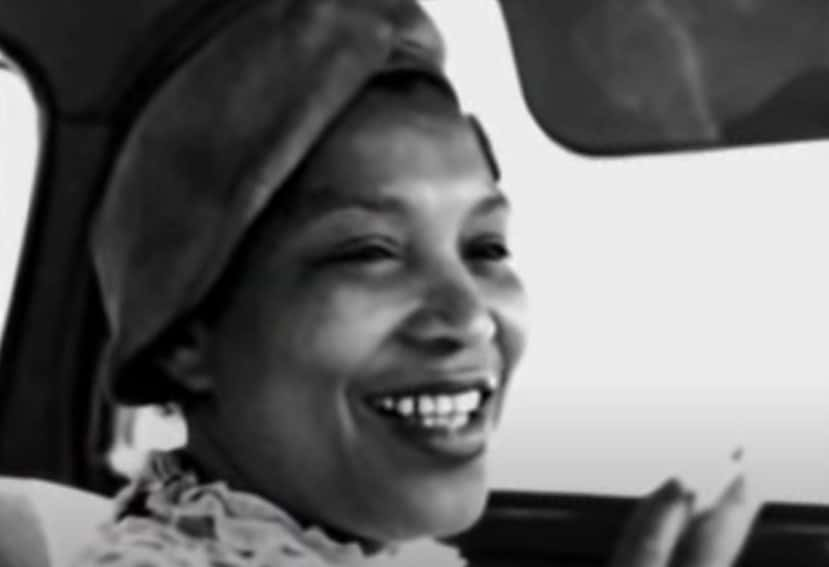 American Masters (TV Series) Zora Neale Hurston: Jump at the Sun (2008), PBS
American Masters (TV Series) Zora Neale Hurston: Jump at the Sun (2008), PBS
33. She Was Ahead Of Her Time
She may not have known it then, but Zora Neale Hurston actually created one of the first black feminist pieces of literature through Their Eyes Were Watching God. Alice Walker said there was “no book more important than this one,” while a professor of African-American Diaspora Studies at Columbia claims that “Hurston elevates Black language to a level of poetry.” Even Oprah Winfrey has called it her favorite love story.
The novel has since inspired a television movie adaptation and has become mandatory reading in high schools and colleges in America. Who’s wishing those male critics had lived to eat their words?
34. She Reunited With Her Love
According to her autobiography, Dust Tracks on A Road, Hurston reunited with Punter when she got back from Haiti. They were both delighted to see each other and realized they were still in love. She stops talking about him in her book at this point, leaving the reader on a cliffhanger. Perhaps it was because the ensuing reality was too devastating for her to face?
35. She Remarried
Although we don’t know how it happened, we know that the Hurston-Punter relationship ended soon after their reunion. And there was no going back because they both married different people the very next year. Loyal to her tradition of lopping off years of her age, Hurston subtracted 20 years when she married Albert Price III. Probably because the guy was just 23. It did not end well.
36. She Was Too Old
When it came to her new relationship, Hurston was an almost-50-year-old marrying a boy half her age. Sounds pretty disturbing, to be honest. The marriage lasted only a year (surprise surprise) and was Hurston’s last known romantic entanglement. After this questionable dalliance, Hurston shifted gears. She returned to writing—but fate had a cruel twist in store for her.
37. She Had A Financial Crisis
Hurston went on to write two more novels, a collection of folktales, Tell My Horse, and finally, an autobiography titled Dust Tracks on a Road. Although at the time of publication, her autobiography didn’t do too badly, Hurston’s financial situation was in shambles. The highest ever monetary compensation she received for any work was $943.75.
There were a couple of reasons that contributed to her growing unpopularity. And each was more heartbreaking than the other.
38. She Had An Unpopular Opinion
Her contemporaries felt frustrated because Hurston seemed vocally supportive of pro-segregation in schools. However, there were periods when she seemed to realize the extent of the race issue. For instance, she blasted Roosevelt for not extending his “four freedoms to some people right here in America,” though her editors scrapped this paragraph from her autobiography.
She also railed against the “Jim Crow laws” for restricting Blacks to “back seats in trains, [and] back doors in houses.” So clearly, she realized at some level that there was a problem, but in the end, stuck to her original opinion.
39. Her Ideas Were Controversial
Hurston’s childhood eternally influenced her perspective. She'd grown up in Eatonville, seeing an all-black group of people living peacefully, as they wanted, without any threats of brutality or race problems. Therefore, she felt people had an overrated concept of integration, believing there was actually no harm in segregation. Naturally, her community didn’t agree.
Sure, she could proclaim, “I saw no curse in being black, nor no extra flavor by being white,” but to apply the same argument to defend segregated schools, “I can see no tragedy in being too dark to be invited to a white school affair,” showed a certain tone-deafness which her peers did not appreciate. But there was another, more devastating, reason why her popularity suffered.
40. She Was Falsely Accused
Unfortunately, there was a much darker reason as to why Hurston had fallen out of favor. You see, someone pressed false charges against her for taking advantage of a ten-year-old boy in 1948. Luckily, she’d been in Honduras at the time she'd supposedly hurt the boy, so she could easily disprove the story. Sadly though, the allegations sparked a scandal that affected her book sales.
After this distressing incident, Hurston's popularity nosedive. Eventually, she’d have to take up any job that came her way just to make ends meet.
41. She Tried Other Jobs
In 1934, Hurston started a school for Dramatic Arts at Bethune-Cookman College (now Bethune Cookman University). She wanted the students to be able to perform works “based on pure Negro expression.” Some years later, she joined the faculty at what is now known as the North Carolina Central University but left to concentrate on her writing.
Hurston also took up some random jobs to make ends meet in her later years. She was a librarian for the Pan American Airline for a bit before they fired her for her overqualifications. She freelanced for various papers and, as a result, covered a very important story.
42. She Witnessed A Landmark Event
Hurston had been freelancing for a while before she covered the most sensational case in 1952, in Florida. The accused was a rich Black woman named Ruby McCollum who had supposedly taken a white doctor’s life. McCollum’s side of the story was that the doctor had forced himself on her and forced her to have his child.
Hurston and her editor hoped the case would be a landmark ruling to end “paramour rights,” which believe it or not, meant a white man could use a Black woman for a physical relationship when he pleased. Boy, was she in for a surprise.
43. She Couldn’t Do Much About It
Hurston followed the trial and the Pittsburgh Courier published her reports until an all-male, all-white jury sentenced McCollum to capital punishment. She wanted to cover the appeal but left when her editor cheaped out on her payment. She passed the baton on to a fellow journalist though, who "repaid" her for her encouragement and notes.
William Bradford Huie did Hurston dirty and only briefly mentioned her in his bestseller, Ruby McCollum: Woman in the Suwannee Jail. The joke’s on him though; Zora Neale Hurston became a legend he'd never be. But although she went down in history, the doomed writer still met an incredibly depressing end.
44. Her Last Days Were Miserable
In a heartbreaking turn of events, Hurston was pretty much penniless in the last days of her life. She had to work whatever jobs she could find. On good days she was a substitute teacher, on bad ones she worked as a maid. Sadly, she didn’t even have friends or family to rely upon. But that wasn't the worst part.
45. She Passed Suddenly
In her last days, Hurston had to move to a welfare home. She was only 69 when she suffered from a stroke and passed because of hypertensive heart disease. Oh, but the horrors just kept coming. Sadly, the home buried her in an unmarked grave in Fort Pierce, Florida. But there was an ironic twist to her sad end. You see, while she was still alive, Hurston passionately advocated for a very different final resting place...
46. She Had An Unusual Request
Hurston had made a strong case to have “a cemetery for the illustrious Negro dead.” She wrote a letter to W.E.B. Du Bois, whom she considered the “Dean of American Negro Artists” and put forth her arguments as to why she thought this was a necessity: Basically, it was so none of her accomplished colleagues “lie in inconspicuous forgetfulness” because of their financial situation.
And yet, here she was, moldering in an unmarked grave. However, despite her passing, this wasn't the end of the road for Hurston.
47. She Wasn't Lost Forever
Alice Walker, the author of The Color Purple, discovered Hurston’s folk stories while she was in college. She’d been in search of Black authors but was unable to find any. When she finally stumbled across Hurston, a wave of relief washed over her. The forgotten writer's work intrigued Walker to no end. Her interest in Hurston rekindled the public’s curiosity—and after that, there was no looking back.
48. She Had Another Chance
Prior to Walker’s attention, people had mostly forgotten Hurston’s name in the literary world. However, things changed once Walker became involved. She managed a reprinting of all of Hurston’s previous works, which had been out of print for a long while. Researchers also found some previously unpublished work that they could create a lot of hype for.
Soon Zora Neale Hurston became a household name once again.
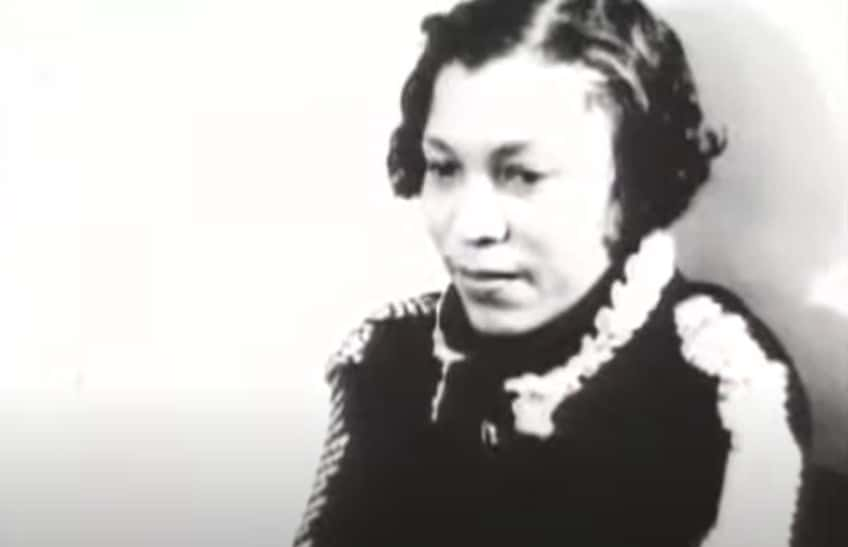 Zora Neale Hurston: Heart with Room for Every Joy(2020), the post archive
Zora Neale Hurston: Heart with Room for Every Joy(2020), the post archive
49. Her Grave Became A Memorial
Hurston rested in peace in an unmarked grave in Florida. Walker was having none of it though. In an essay titled “In Search of Zora Neale Hurston,” she writes about her search for Hurston's grave and how she finally found it. She posed as Hurston’s niece (from a white father) when someone asked her who she was. It took her a while, but she managed to track down the long-lost grave and used a grey headstone to mark it.
However, as Walker was unaware of Hurston’s penchant for changing her age, she put down 1901 as her year of birth, with the epitaph reading, “Zora Neale Hurston: A Genius of the South.”
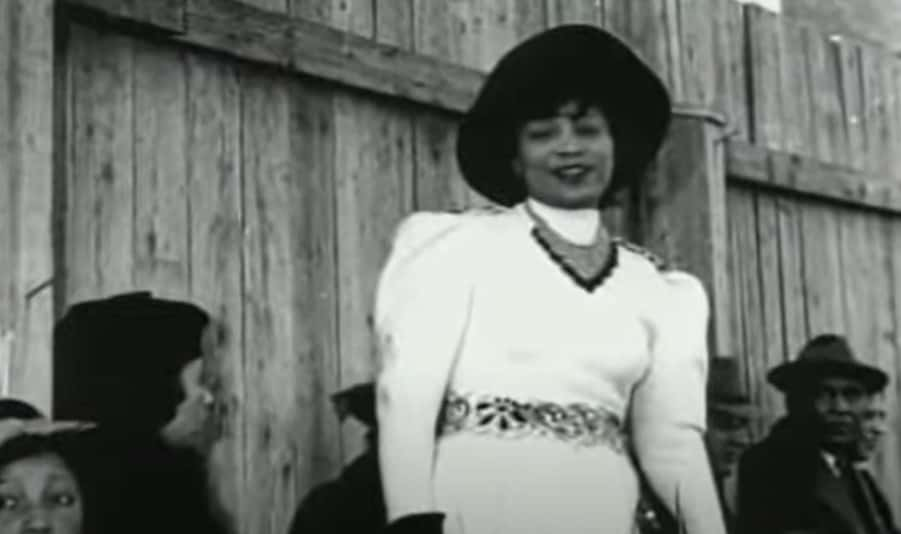 Zora Neale Hurston: Heart with Room for Every Joy(2020), the post archive
Zora Neale Hurston: Heart with Room for Every Joy(2020), the post archive
50. Her Work Is An Inspiration
Hurston’s work has since inspired a generation of aspiring writers. Apart from Walker, she also influenced writers like Gayl Jones and Ralph Ellison. Her stories contain themes of female independence, which other writers hadn’t explored before. Today, she's considered the first Black feminist writer of our time. From obscurity to celebrity, Zora Neale Hurston’s journey has been one for the books.

